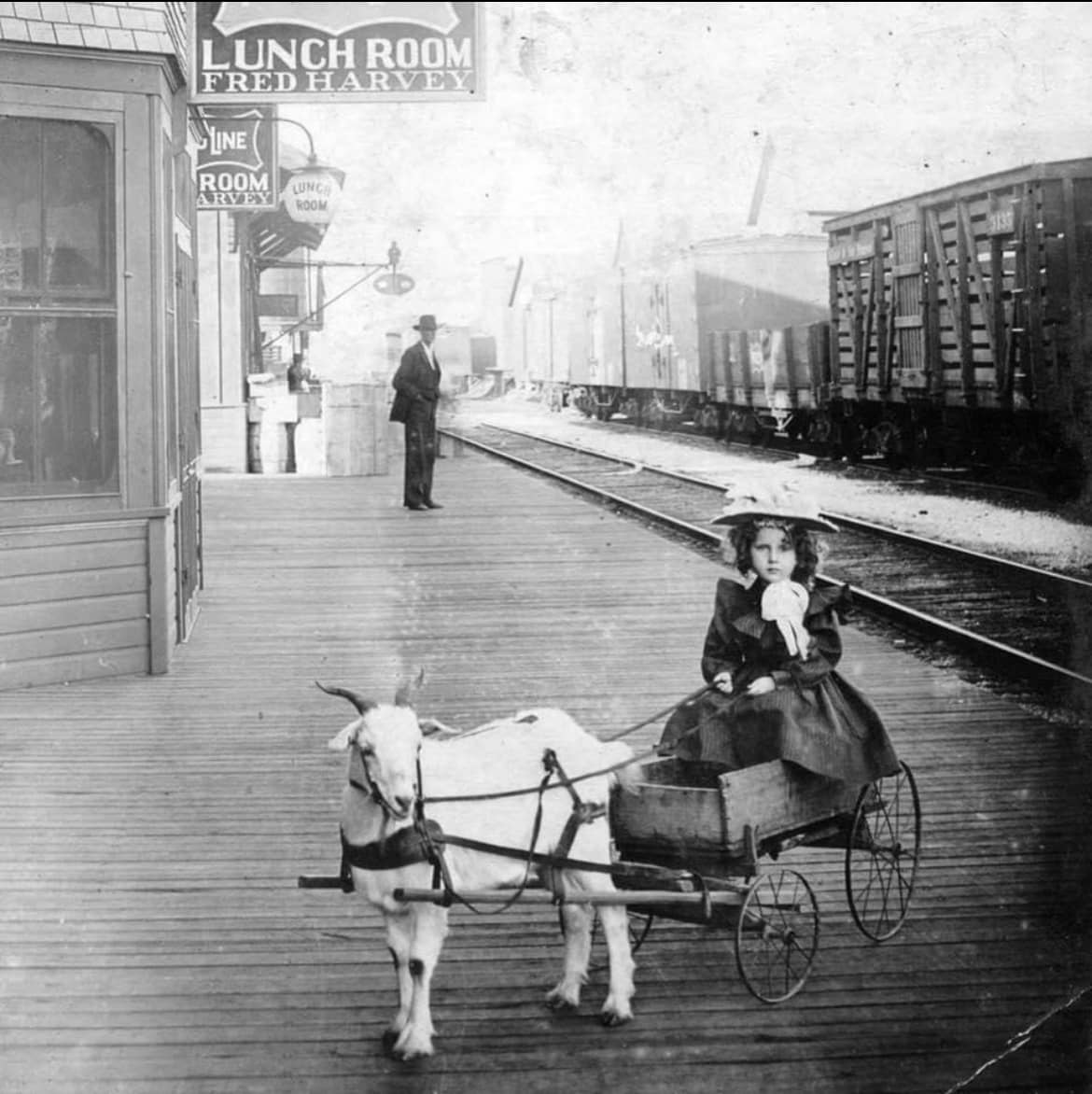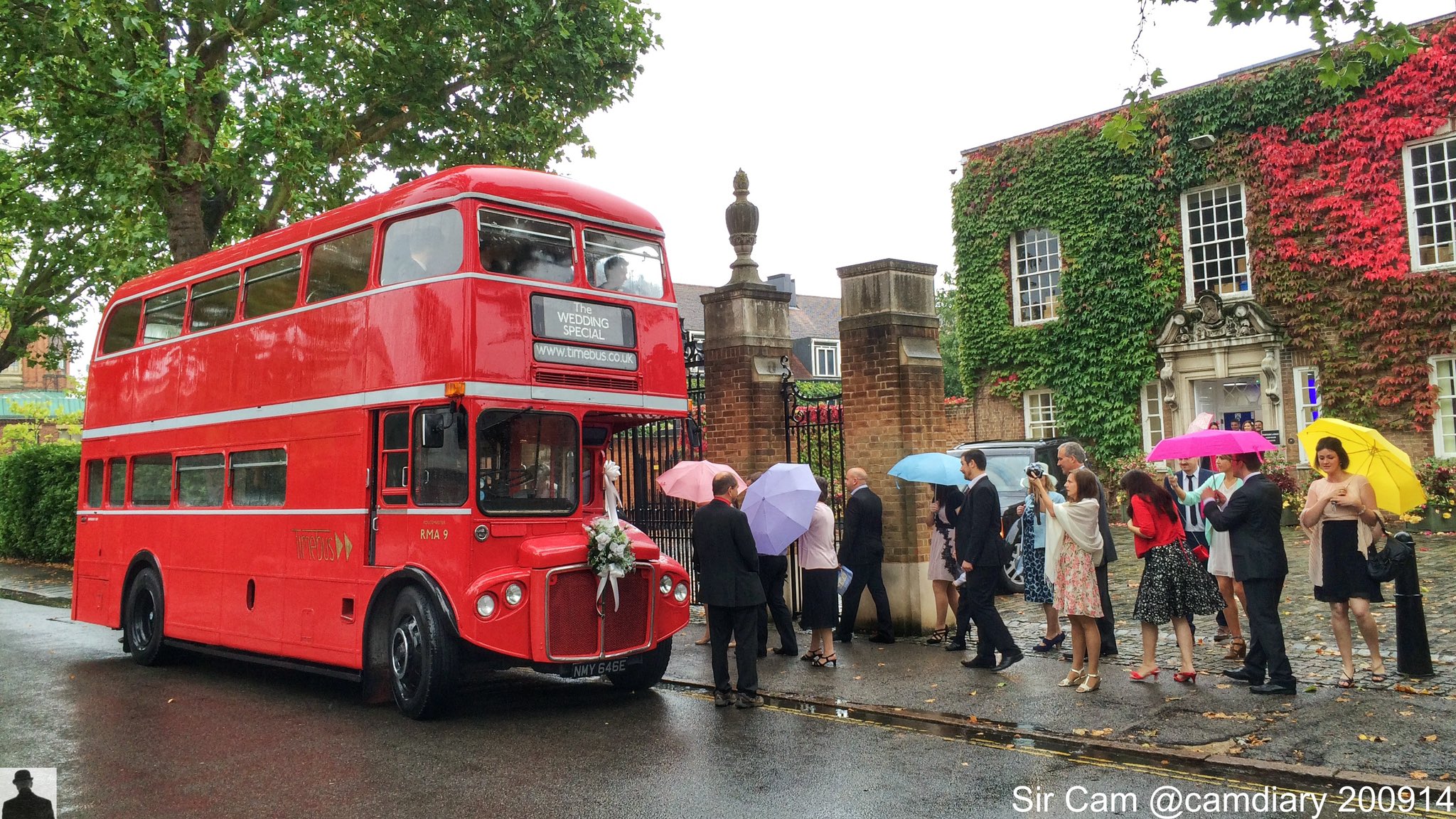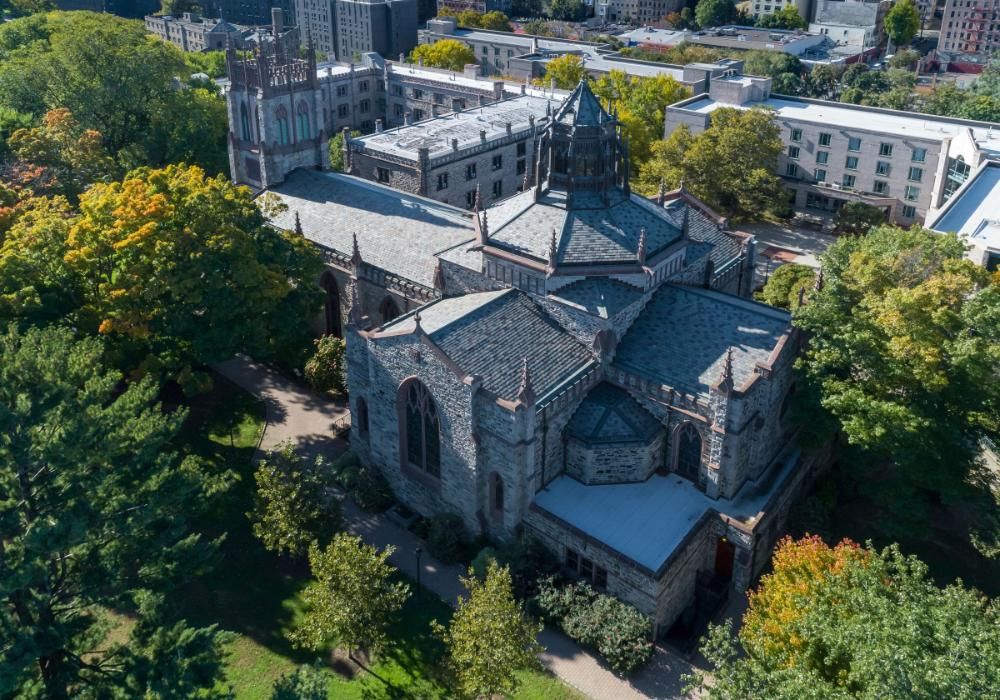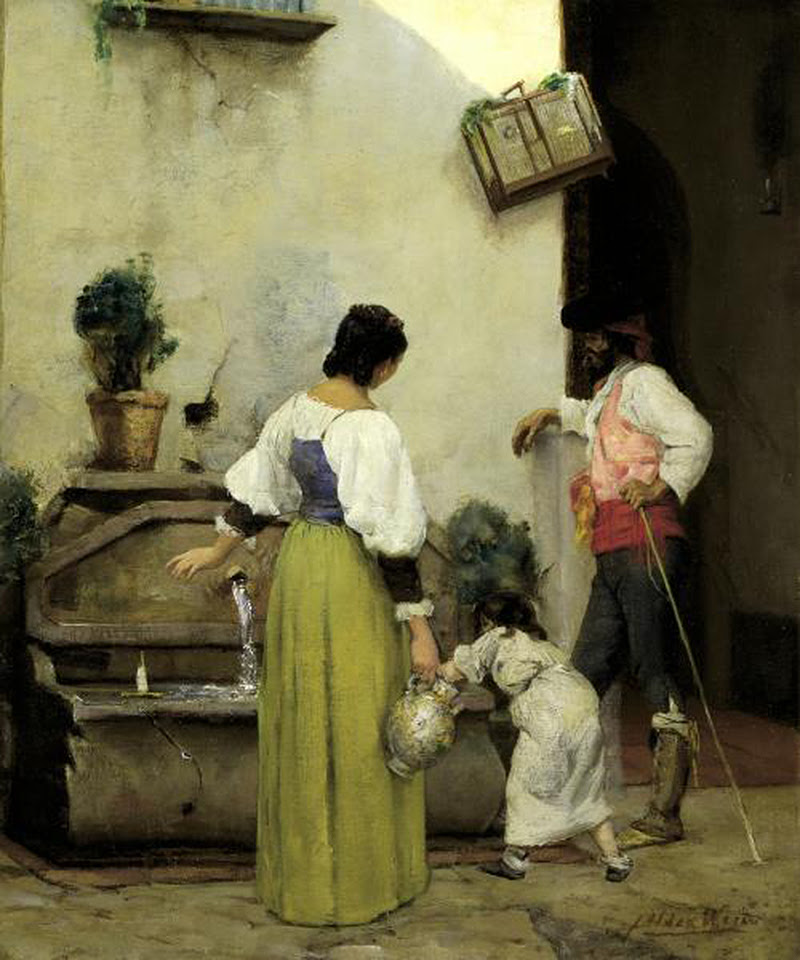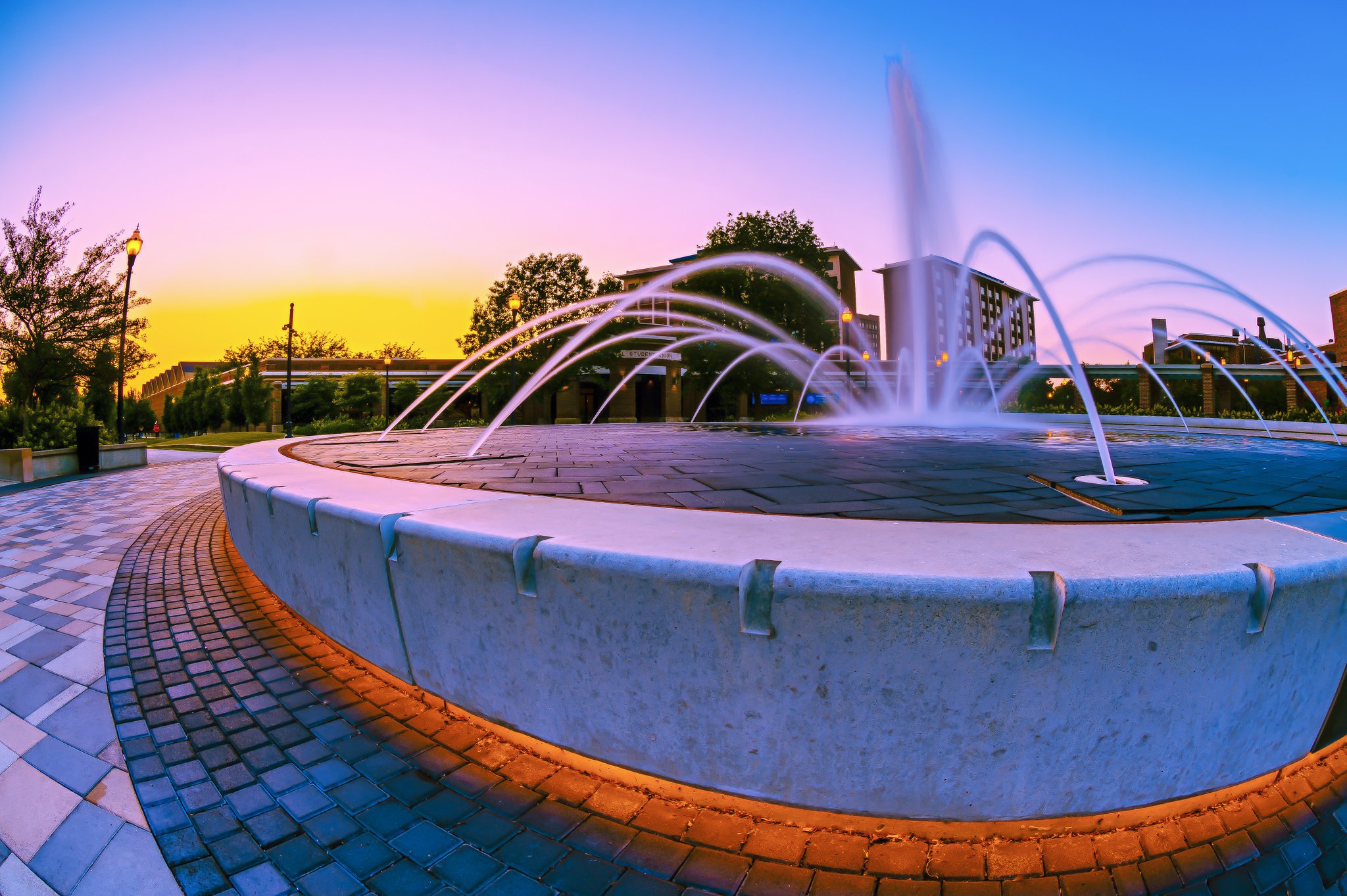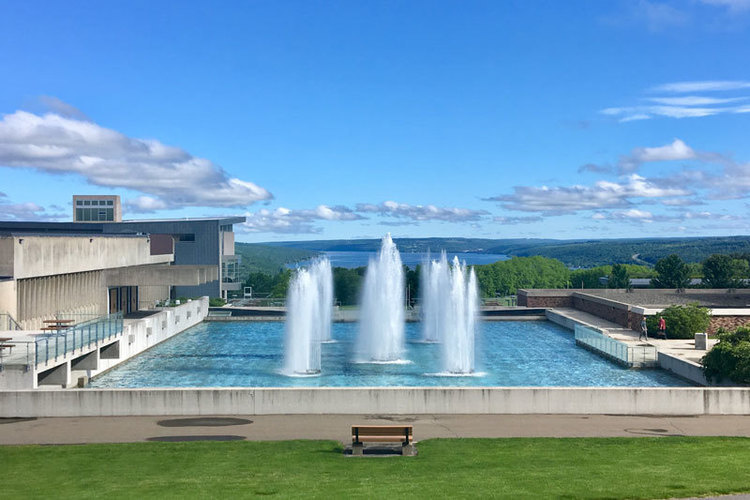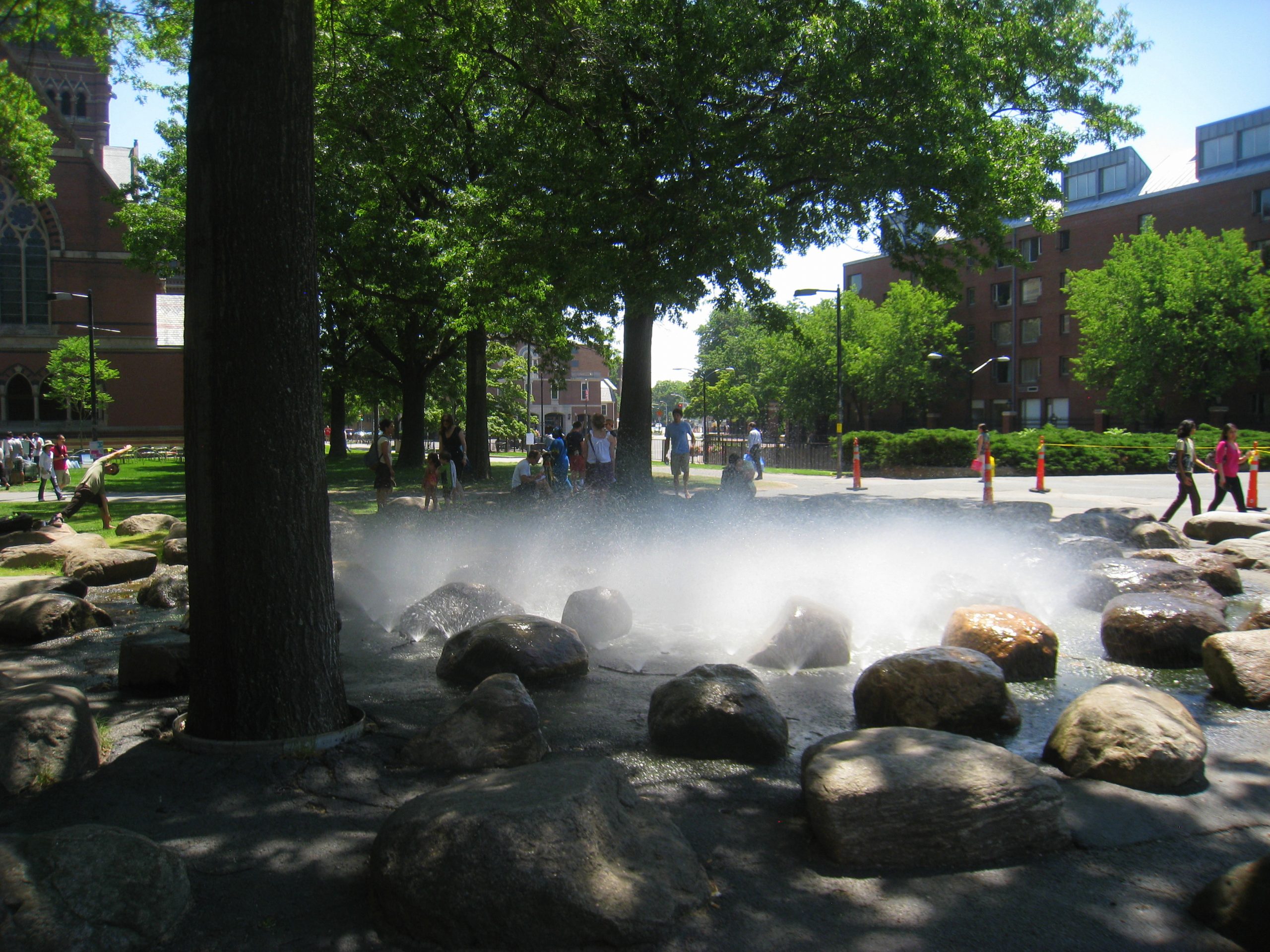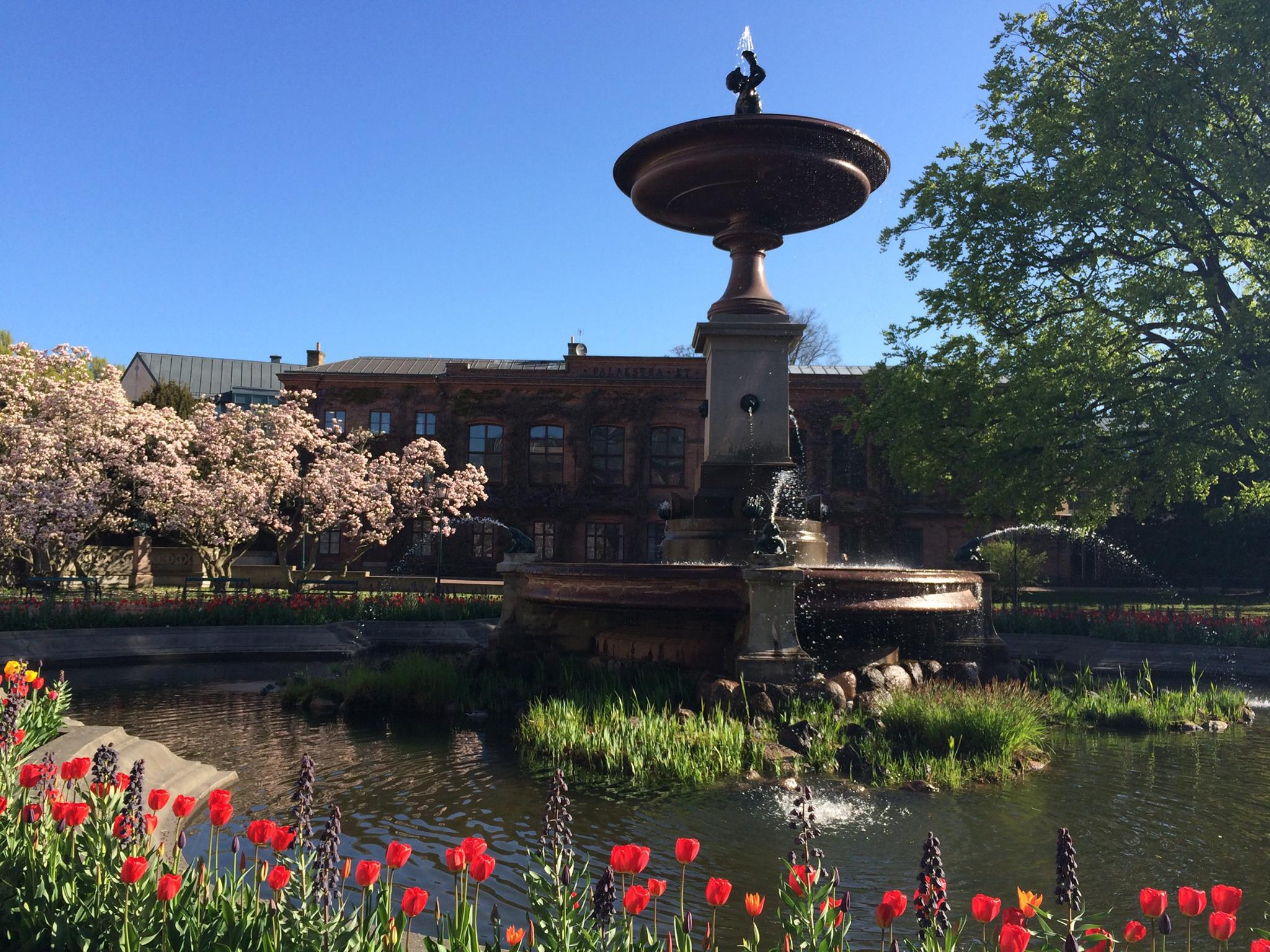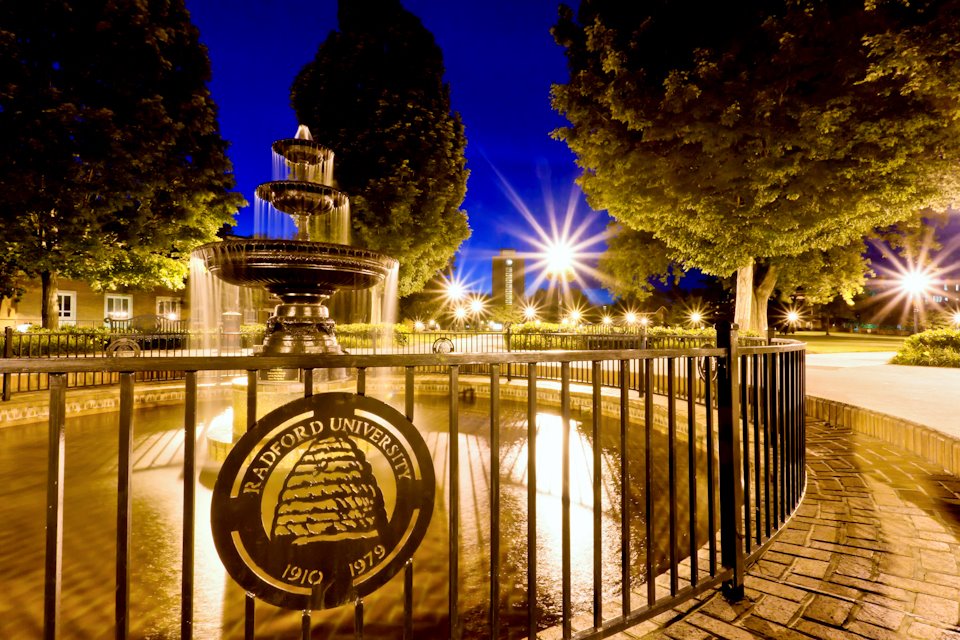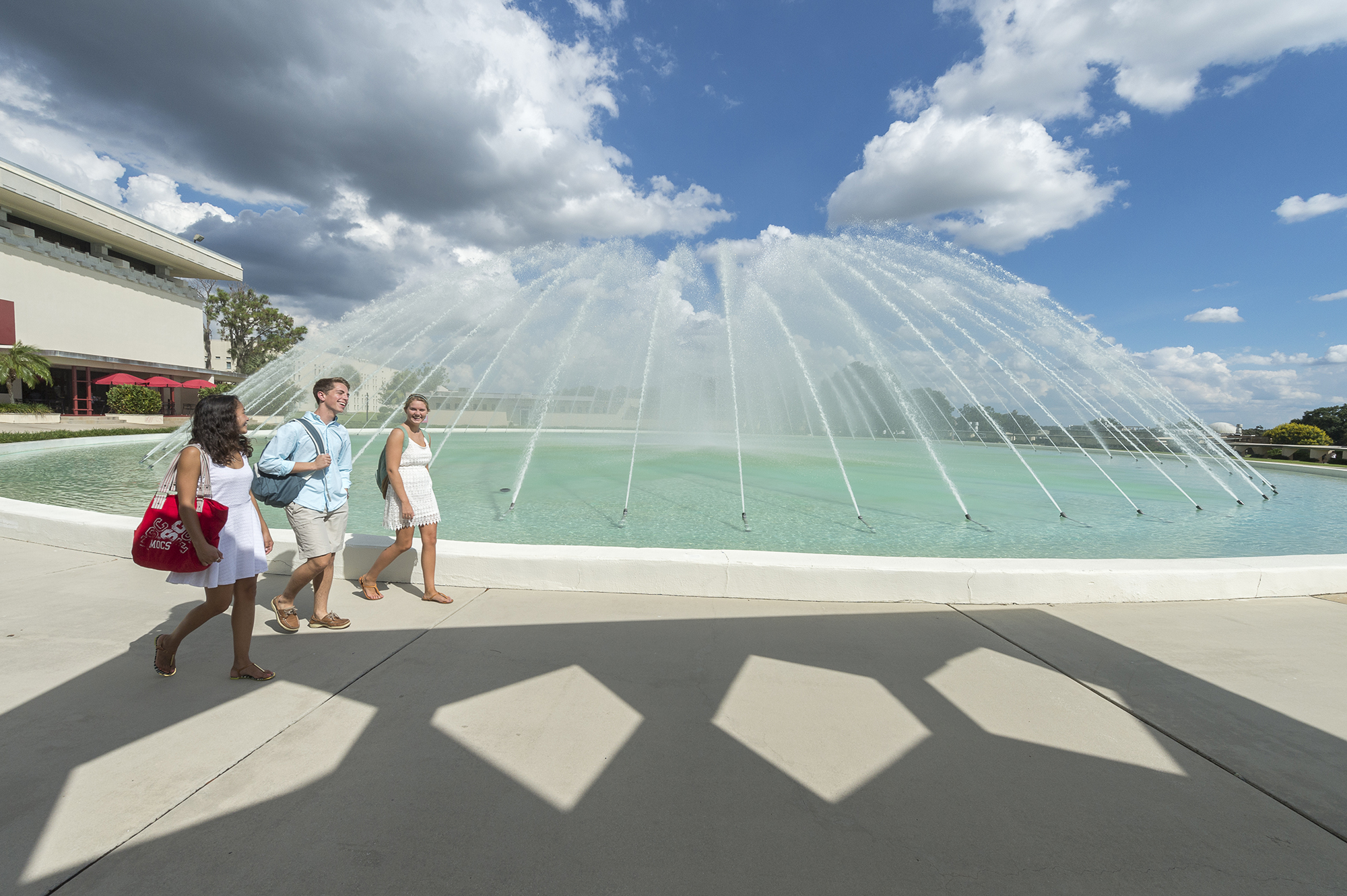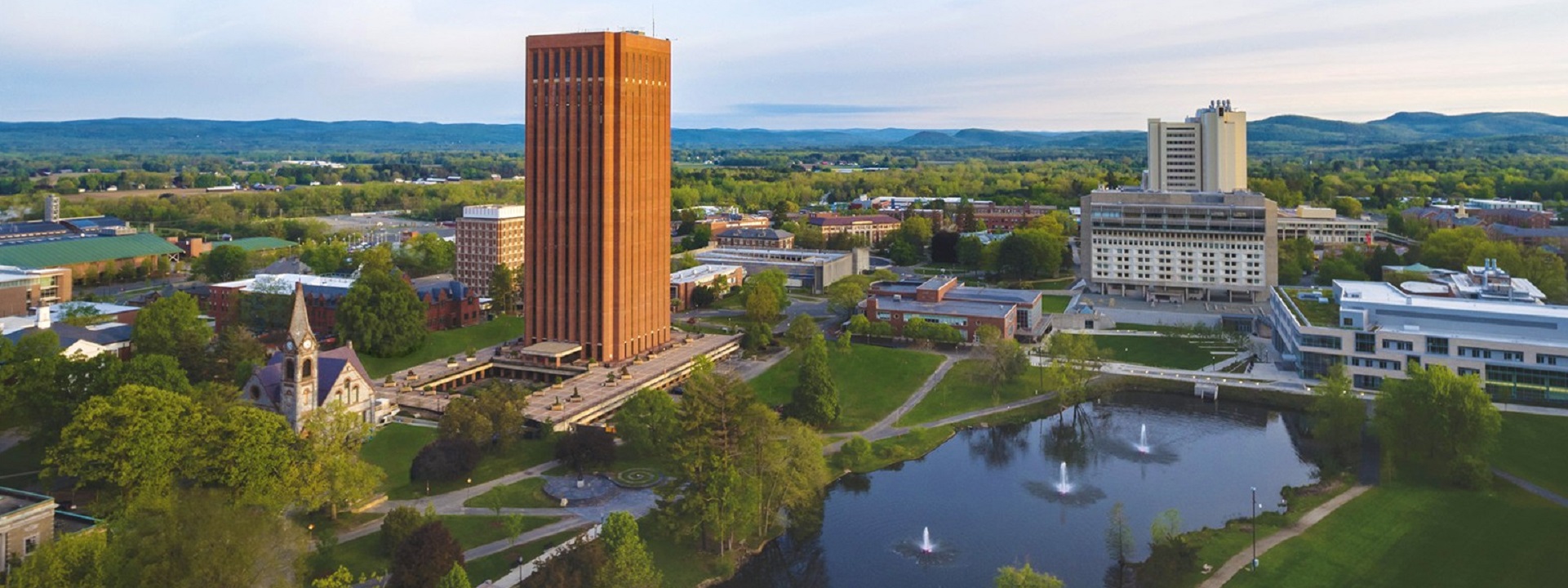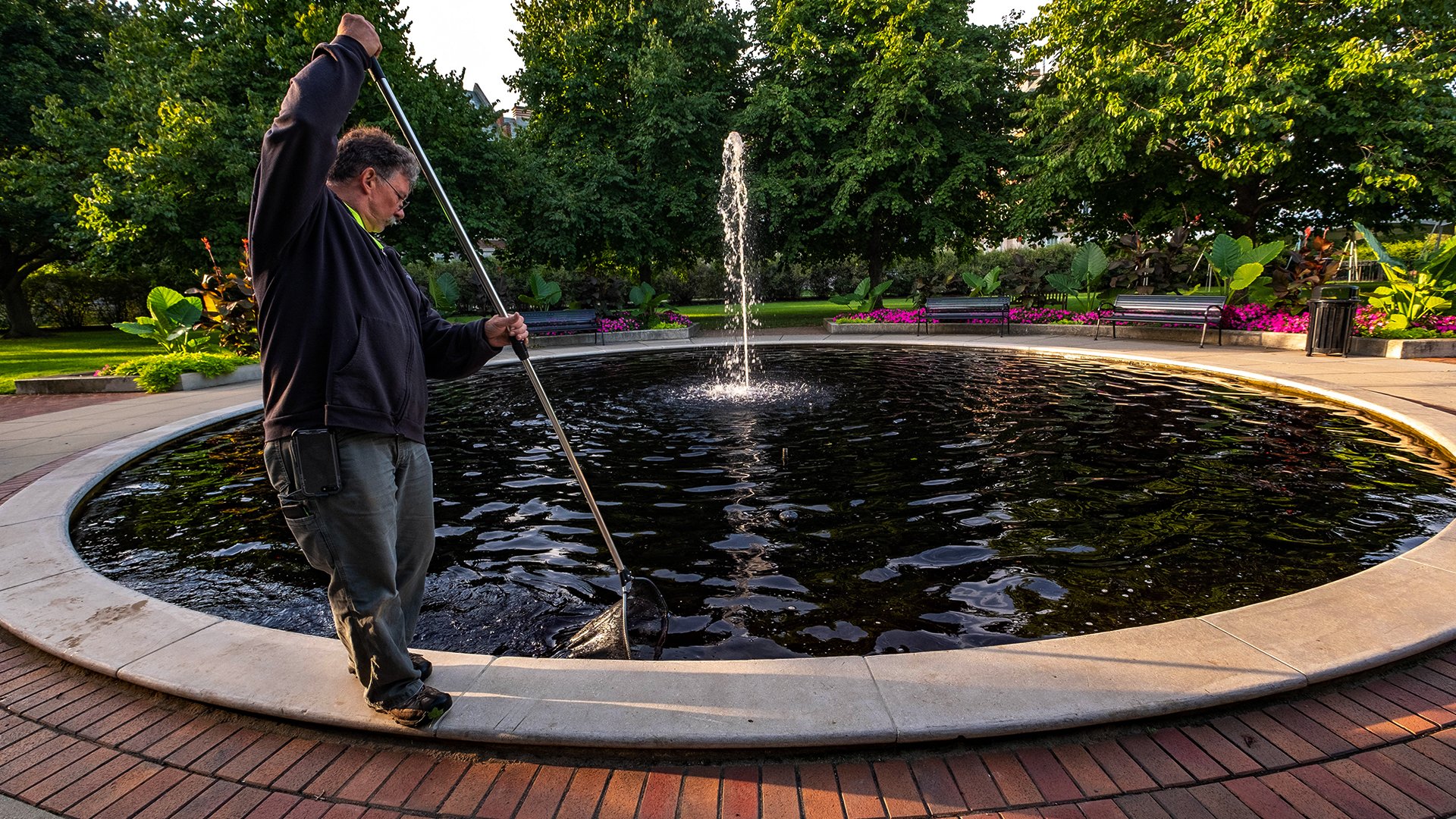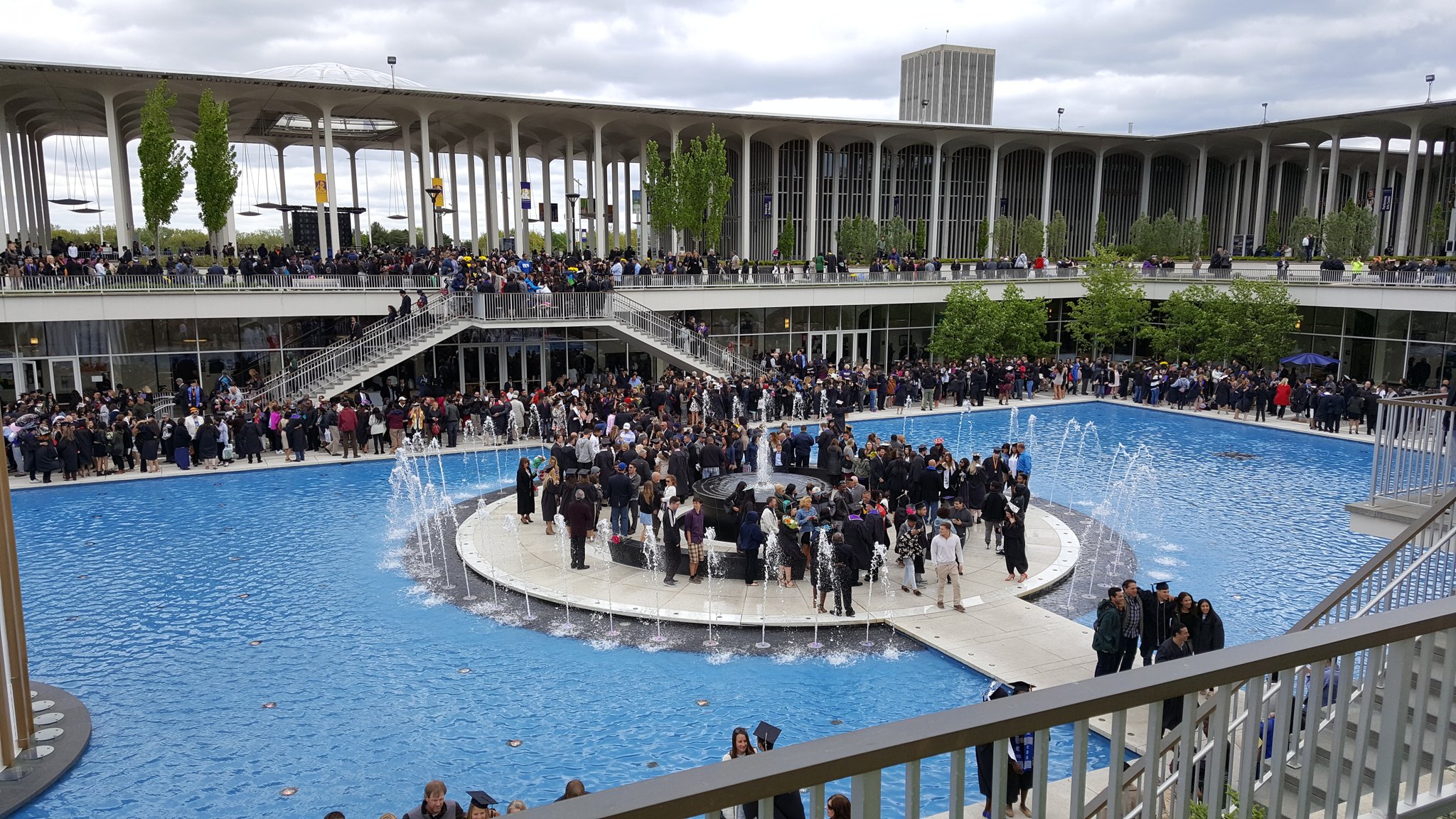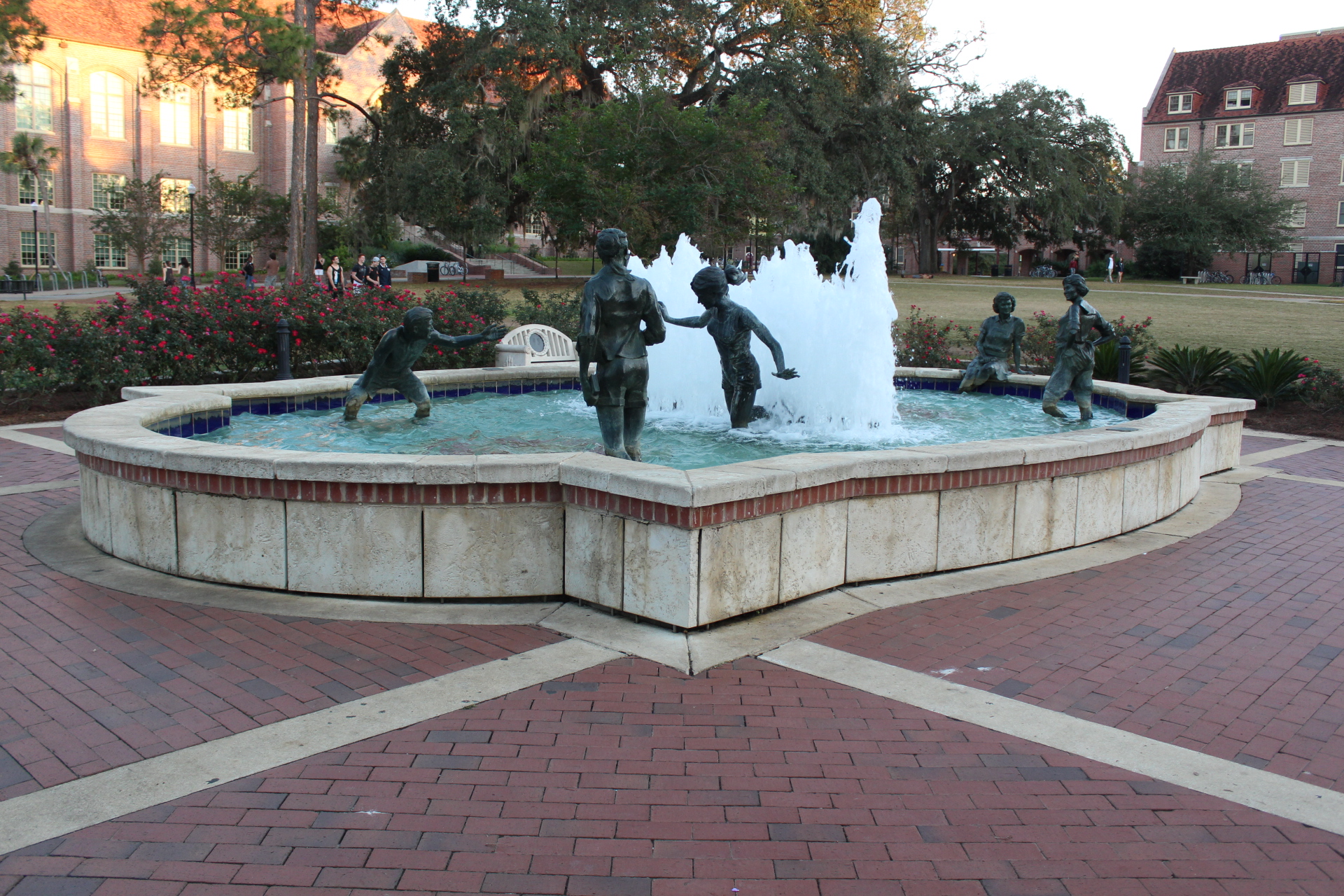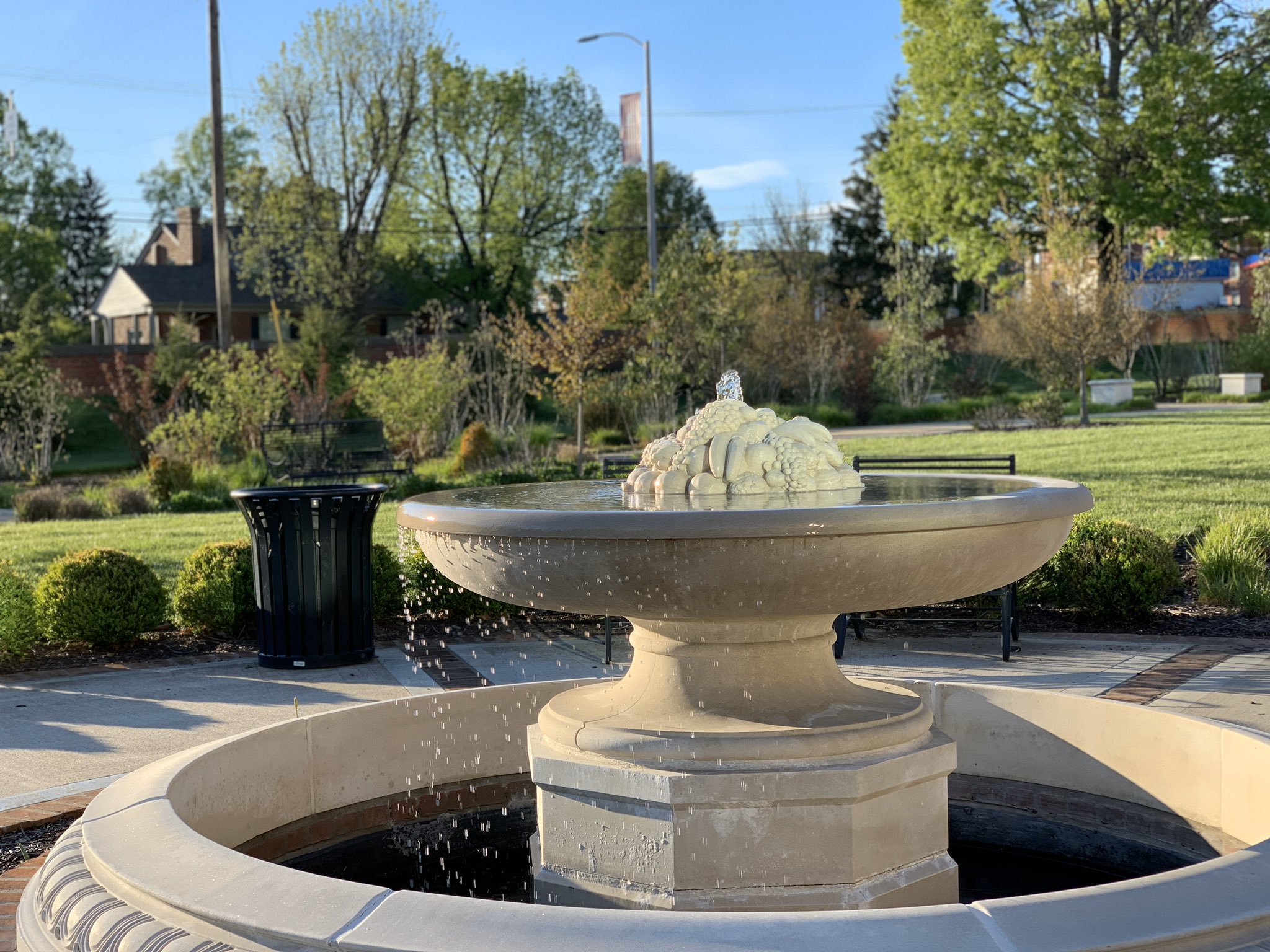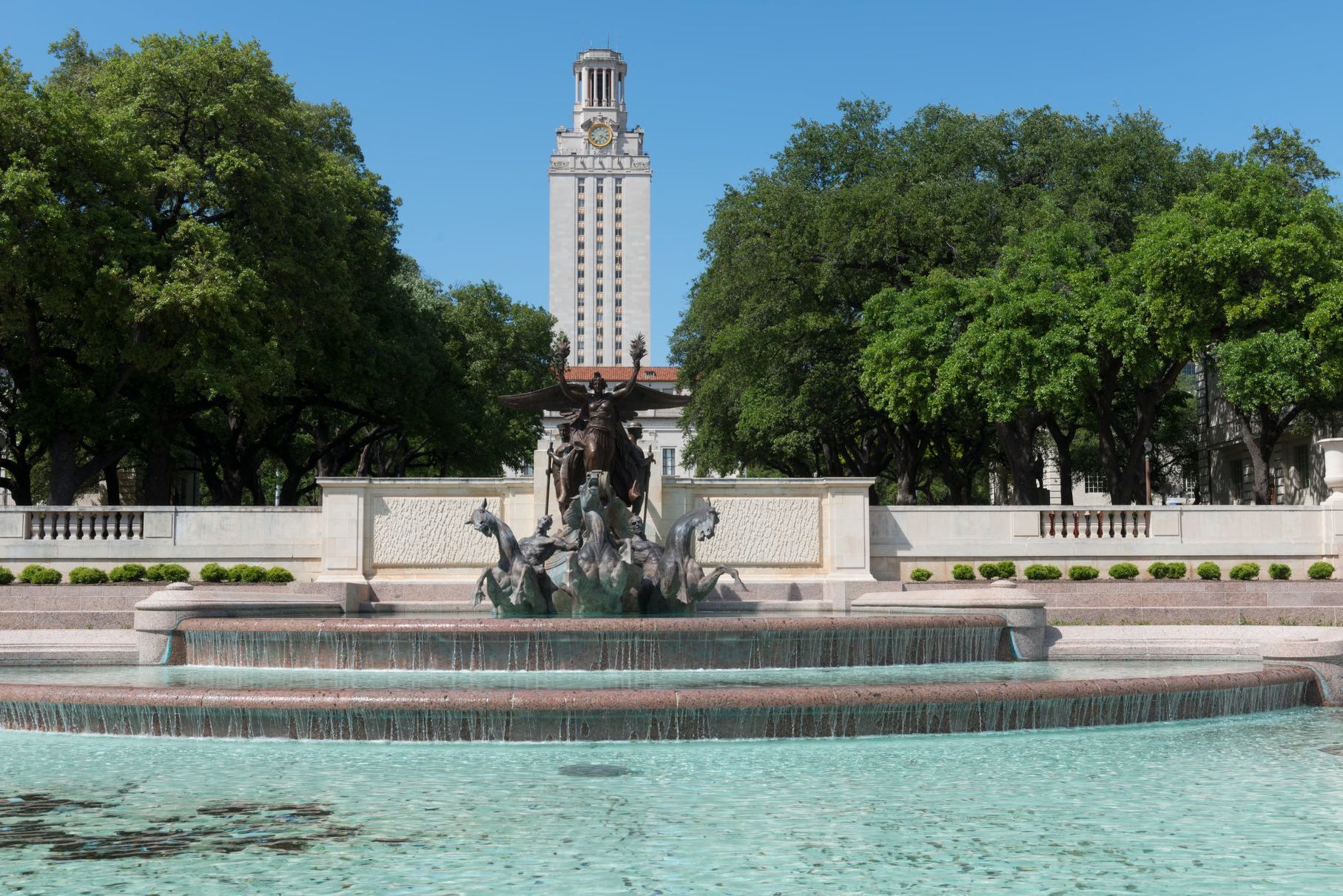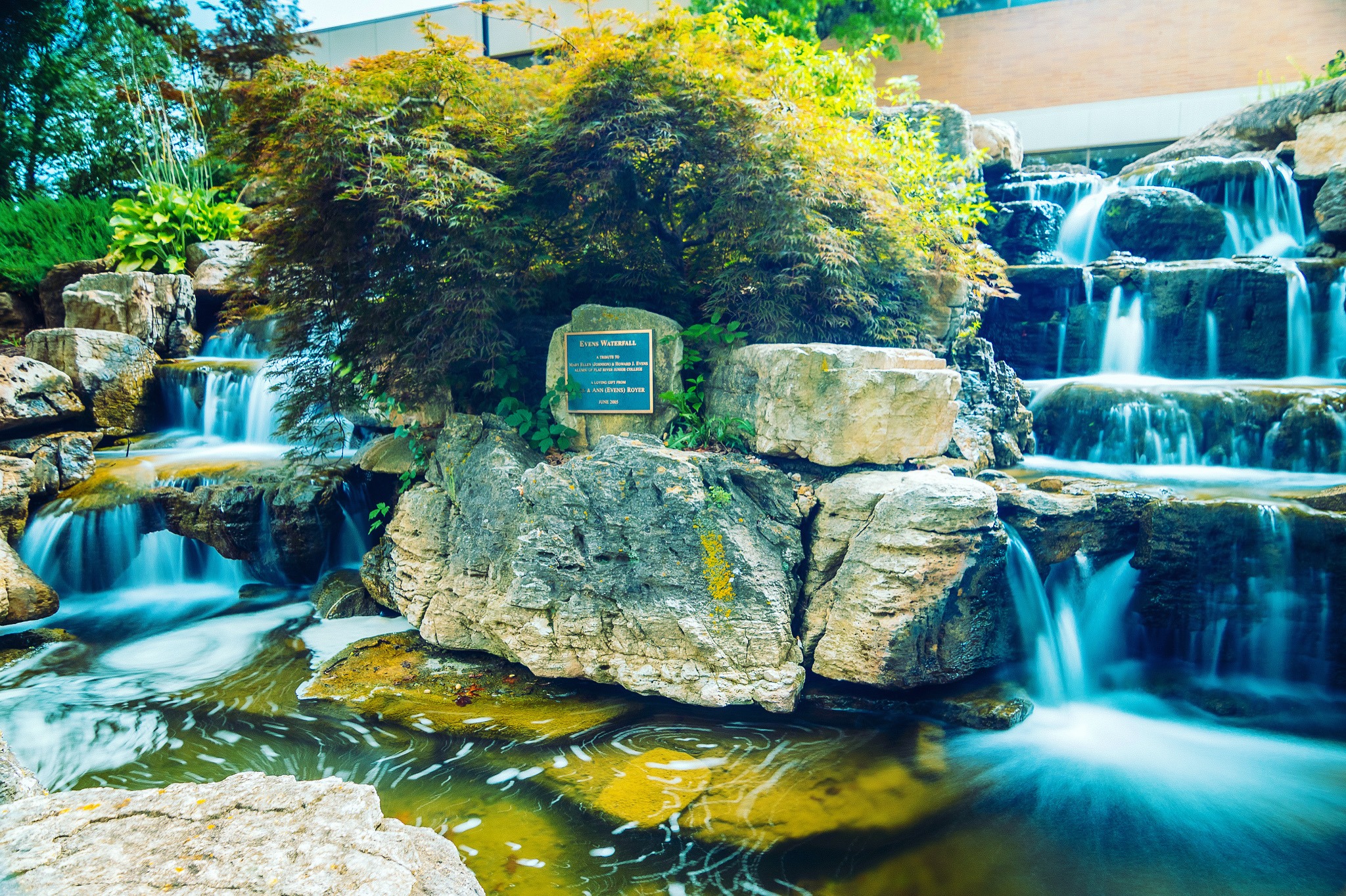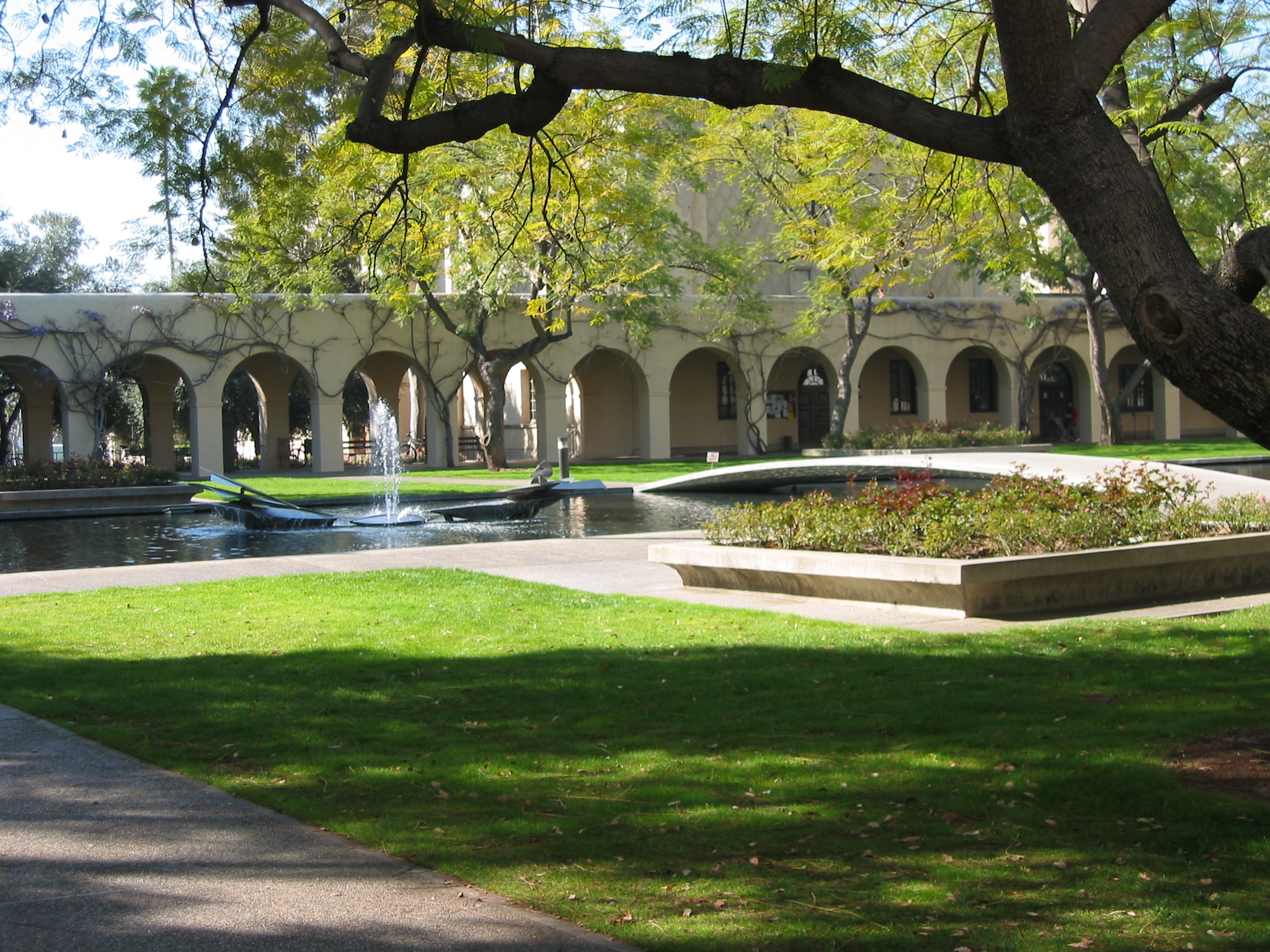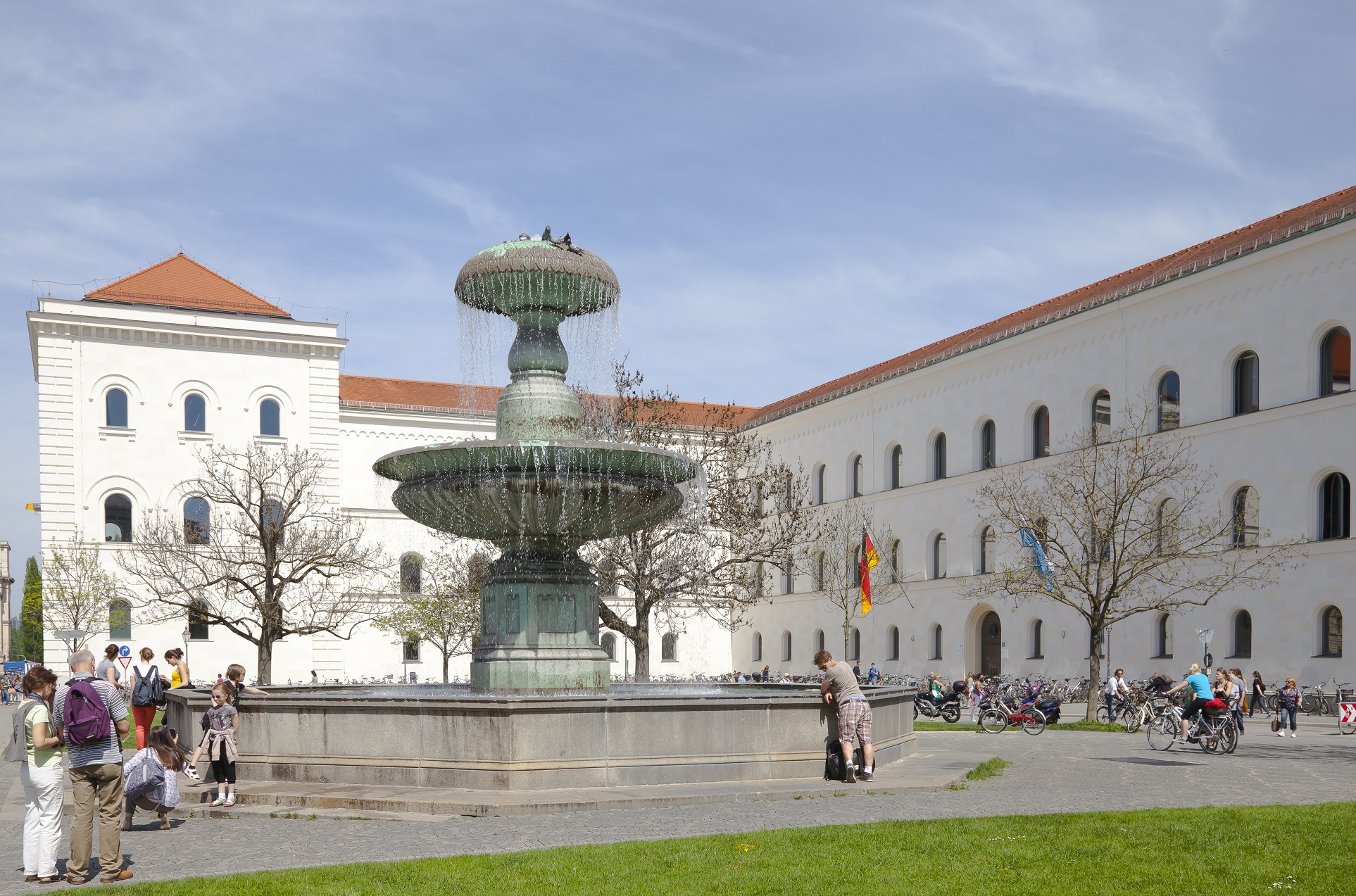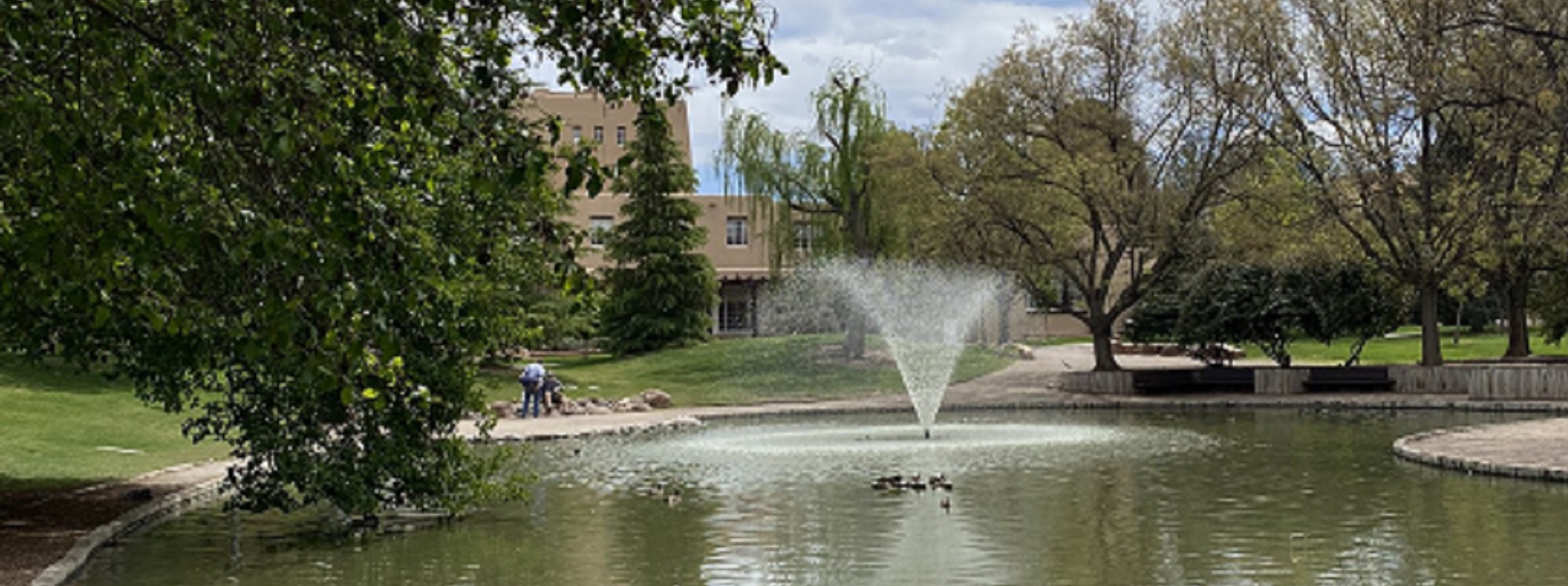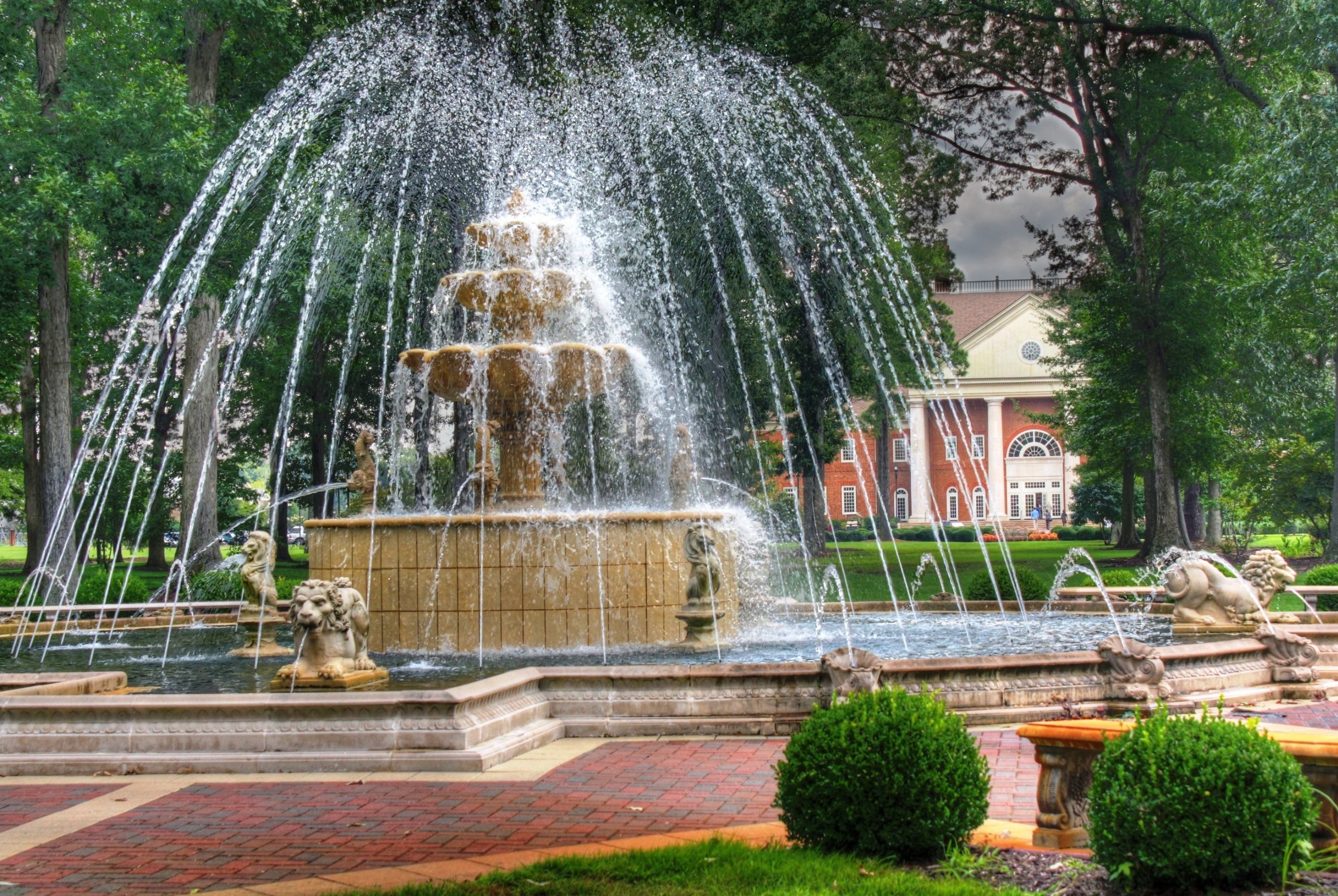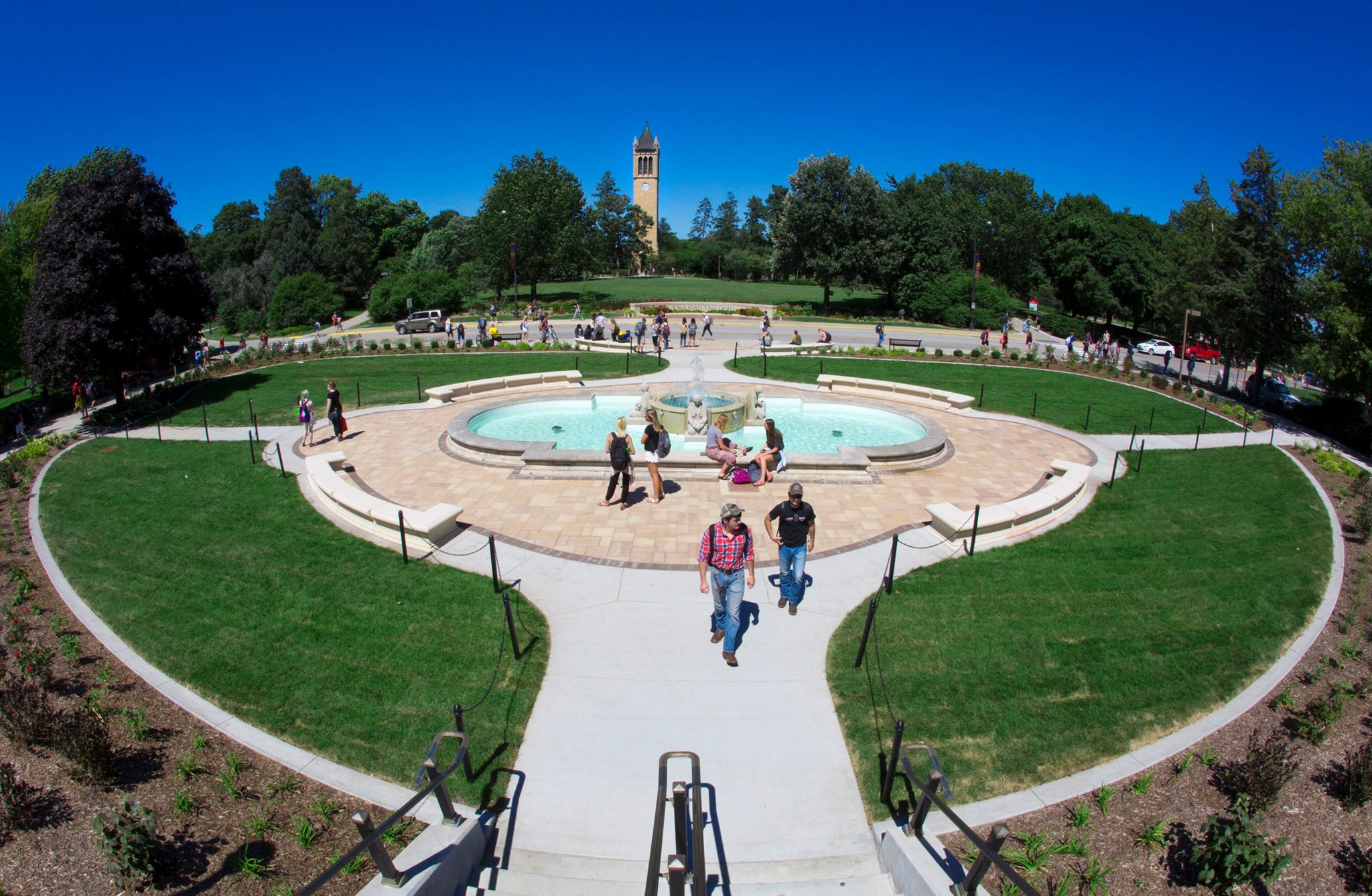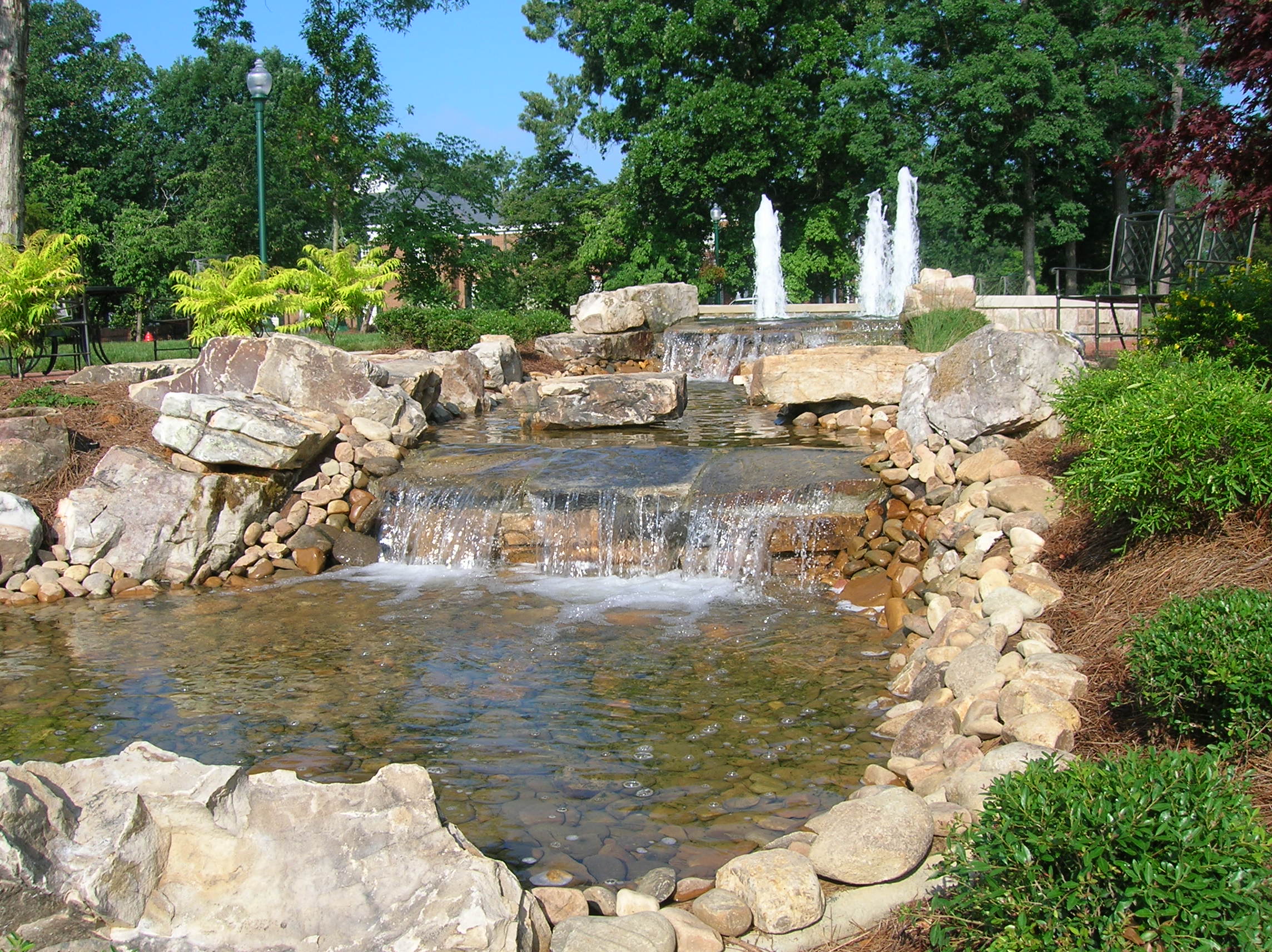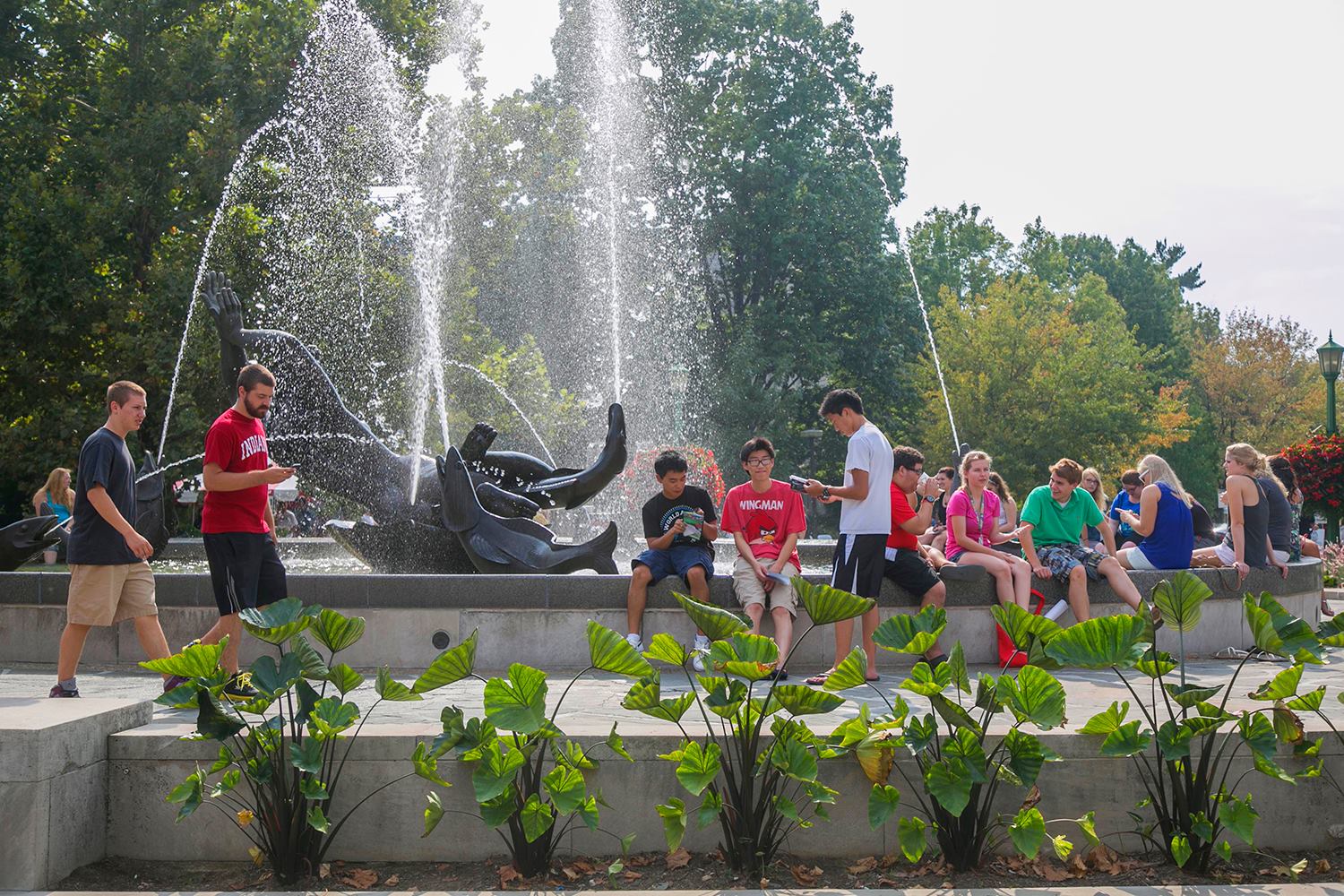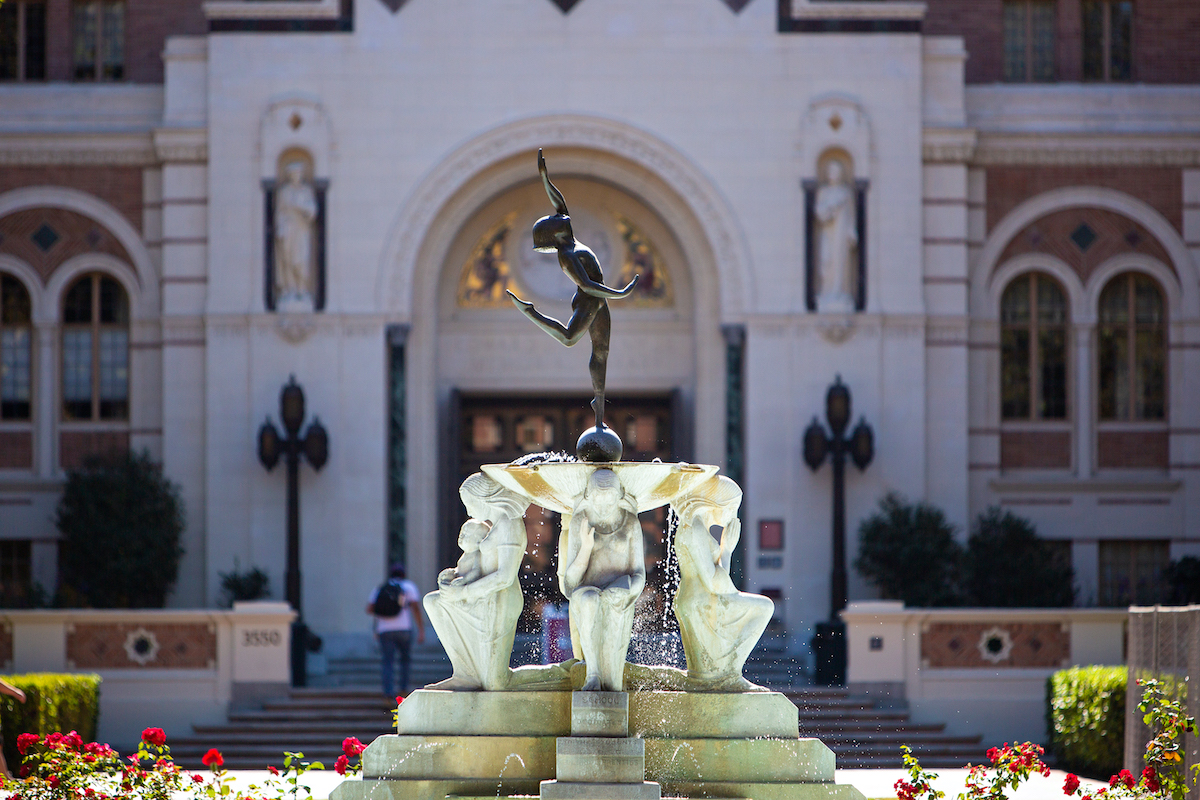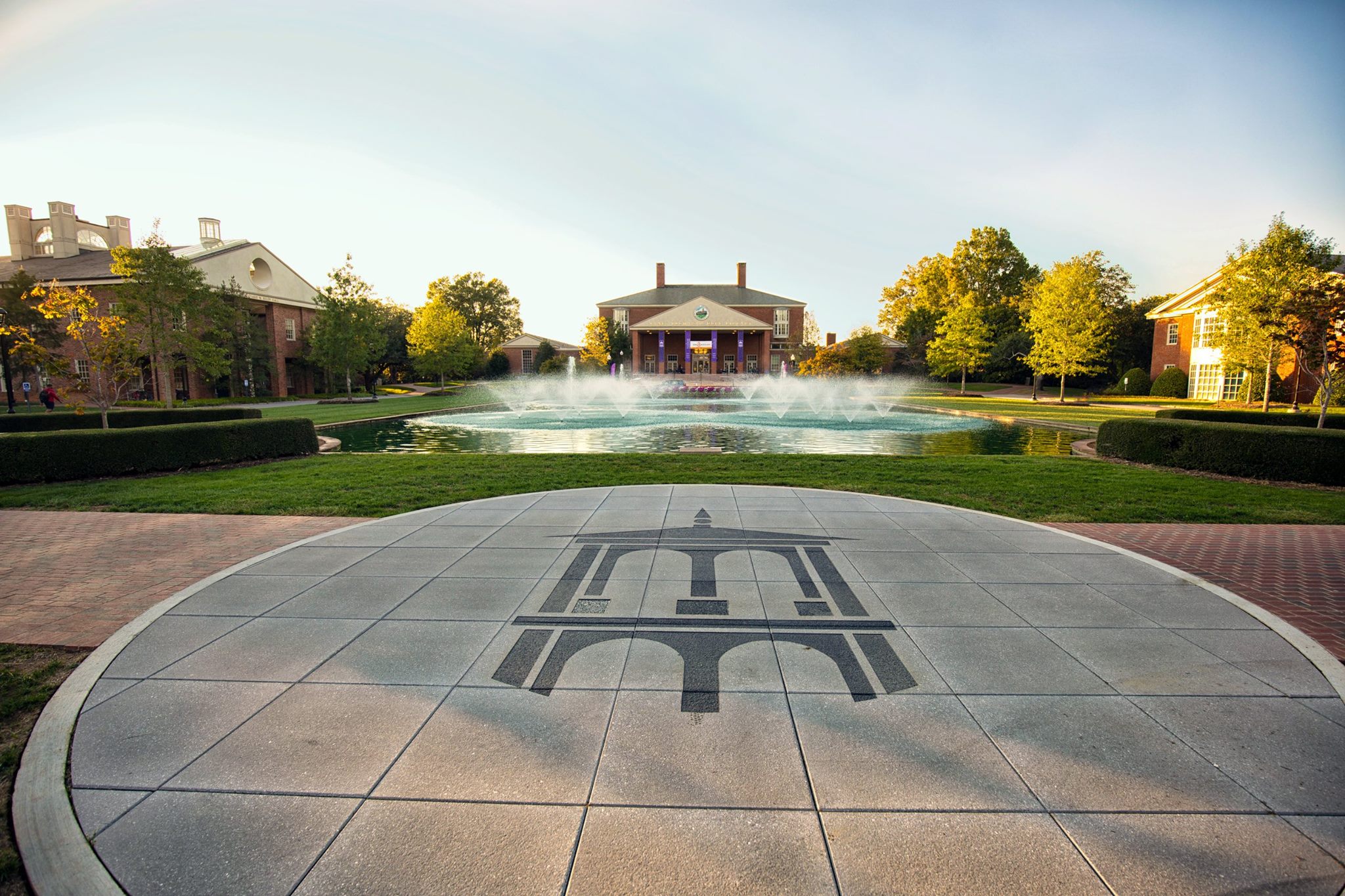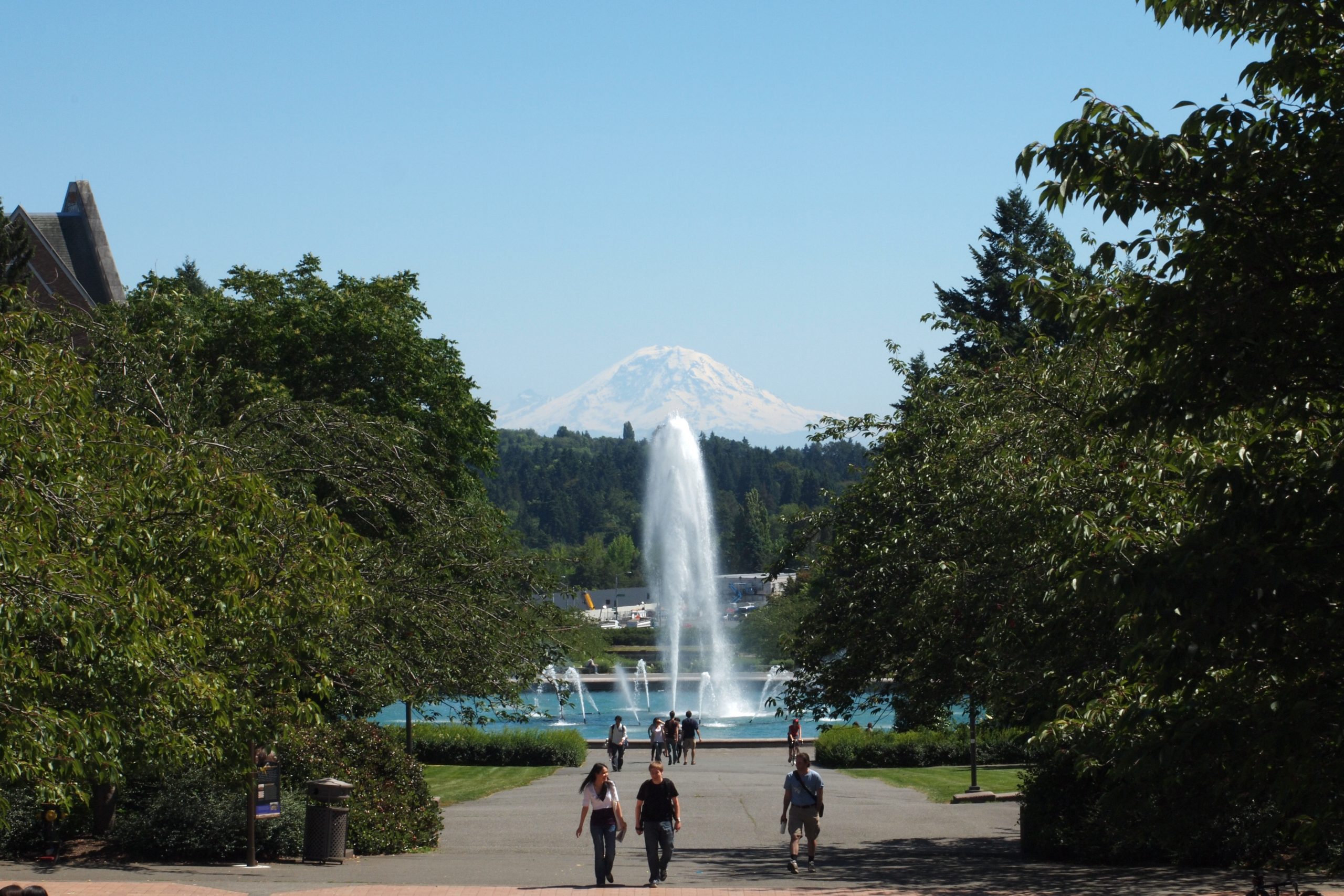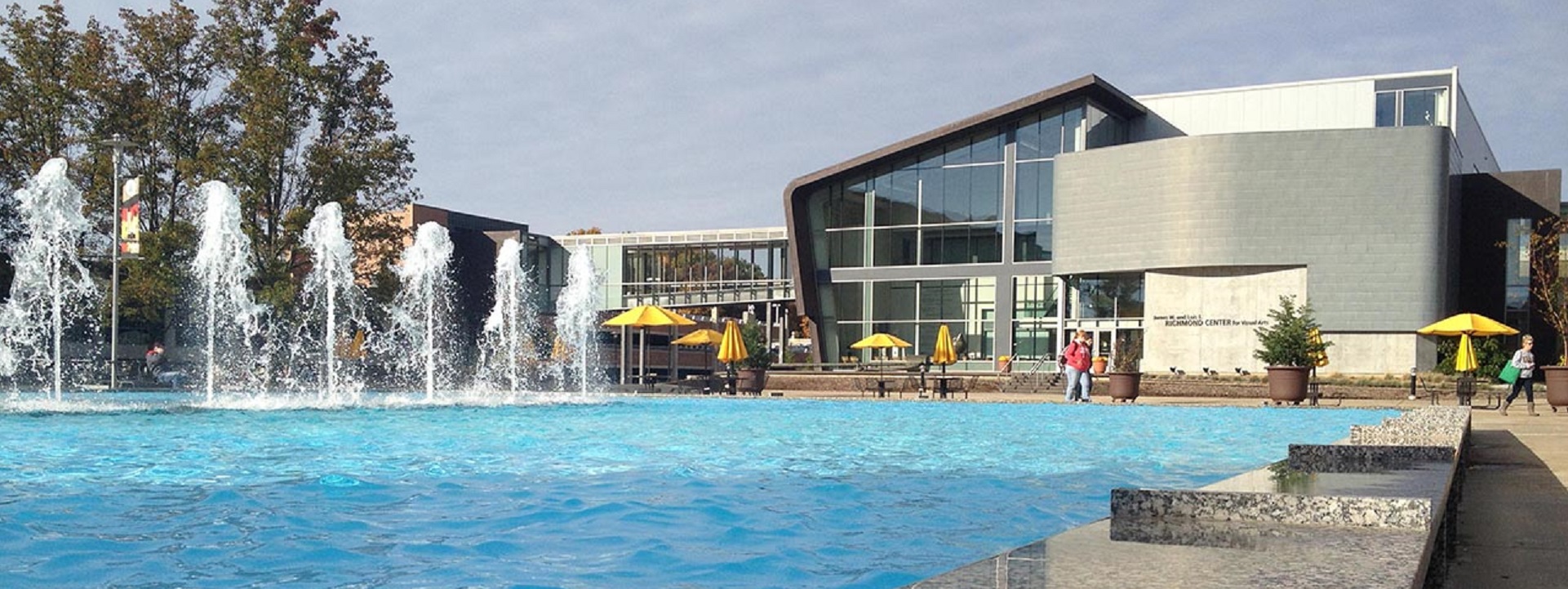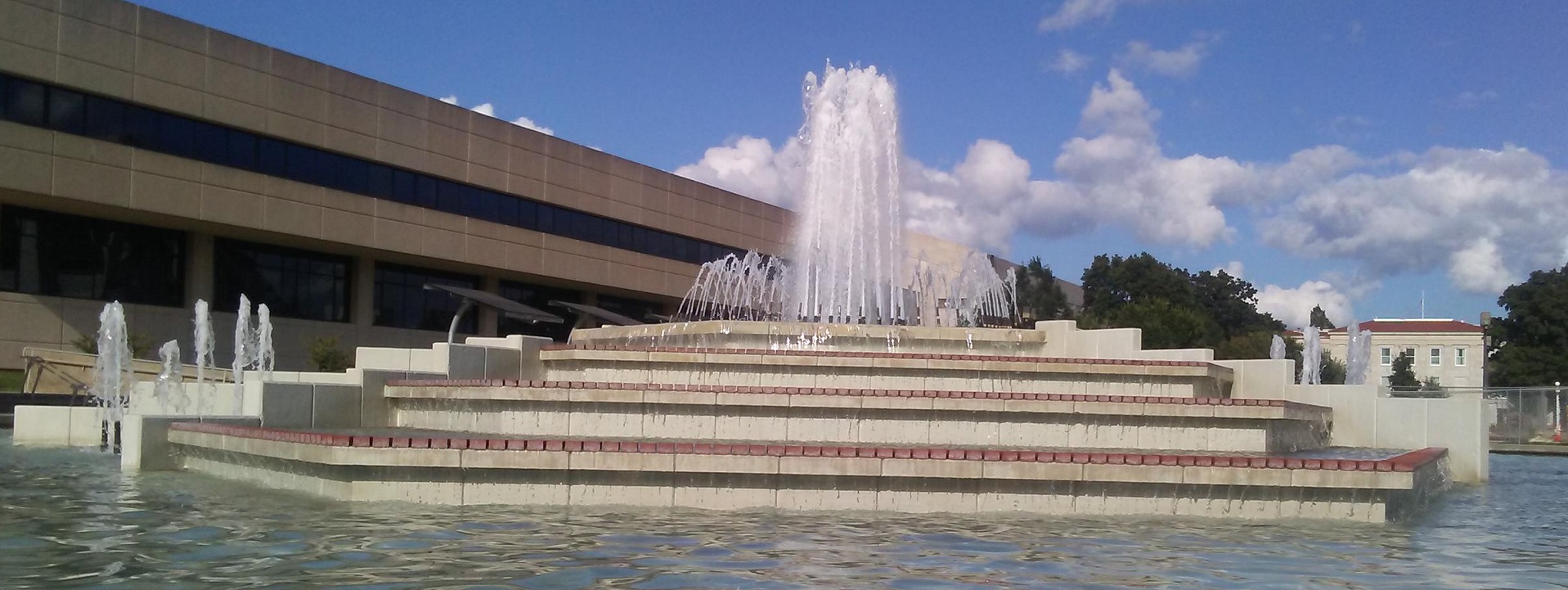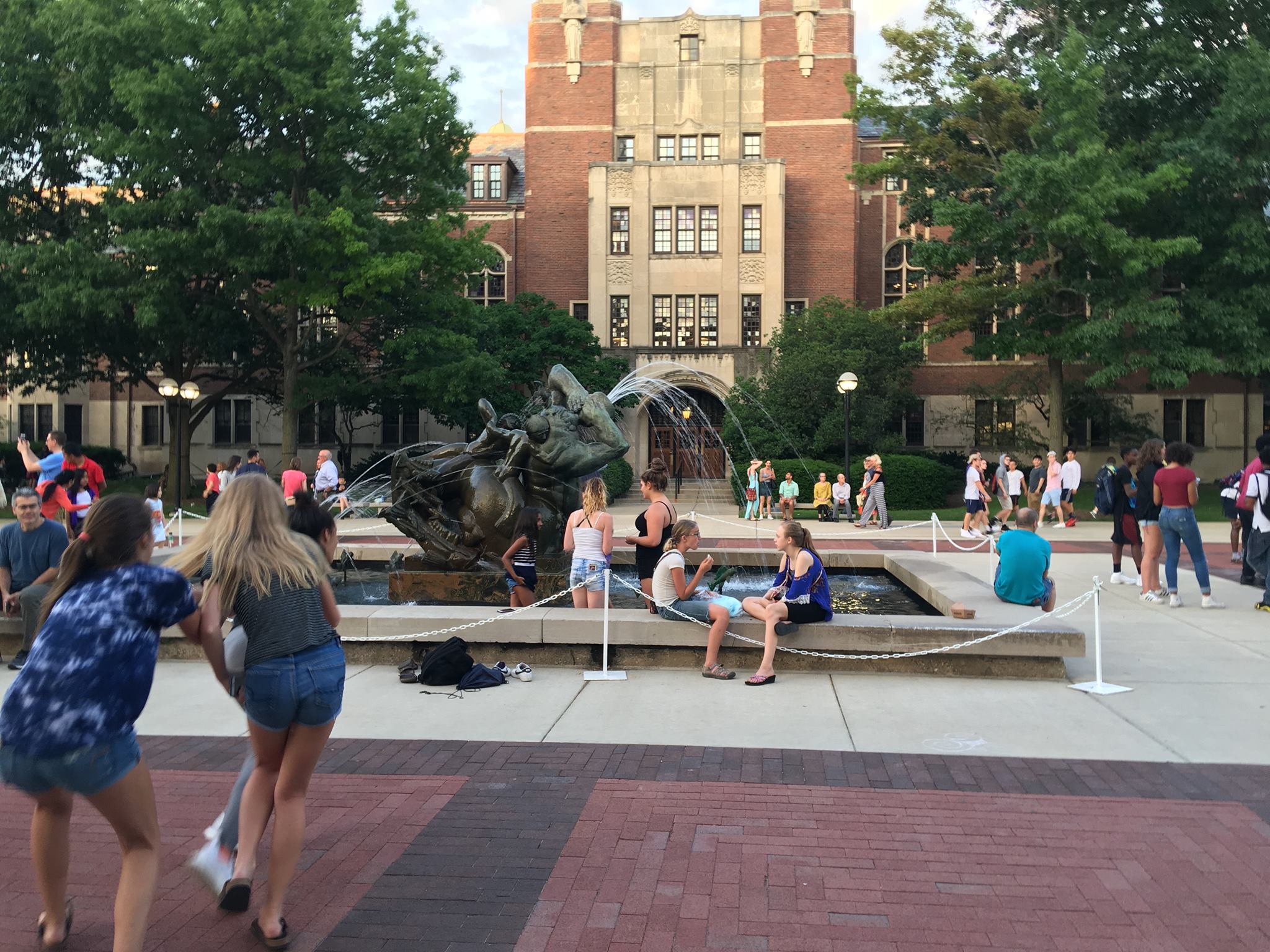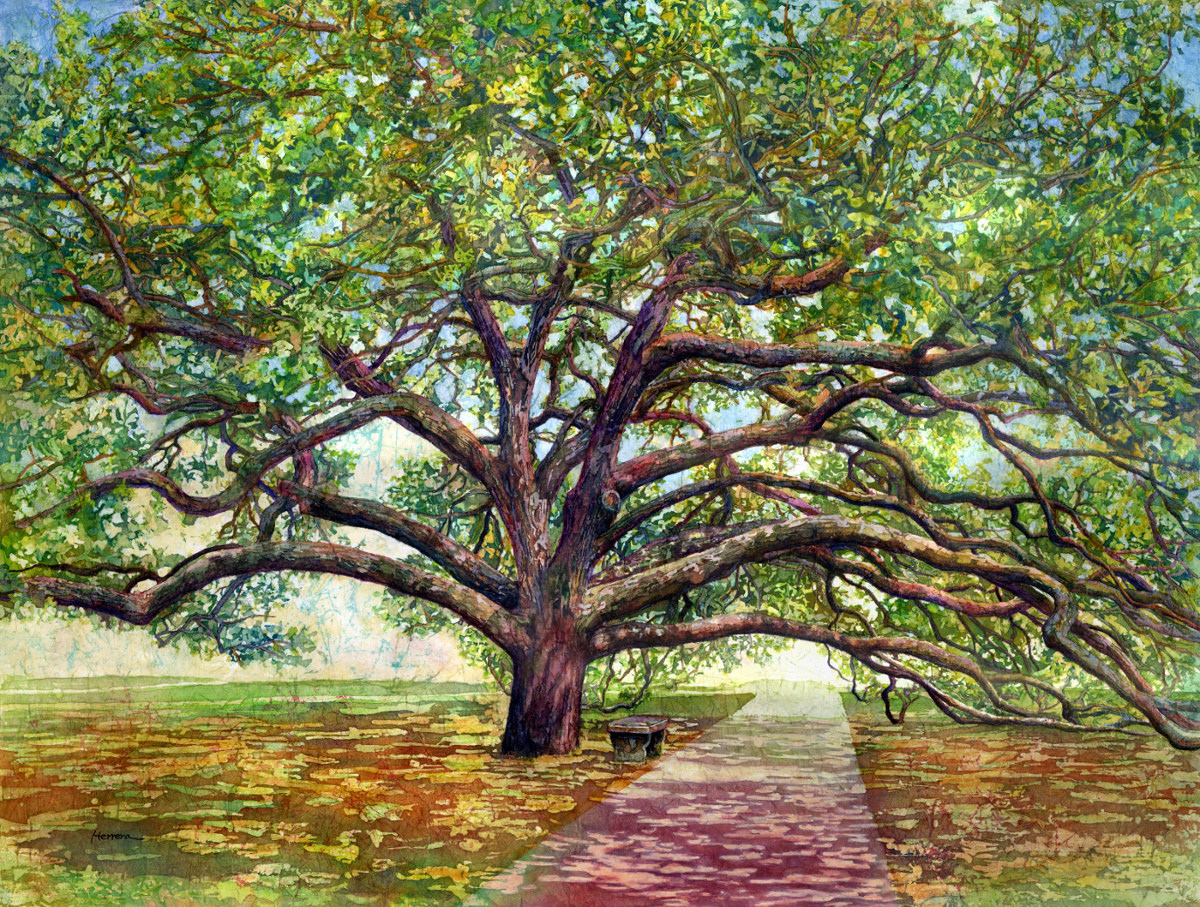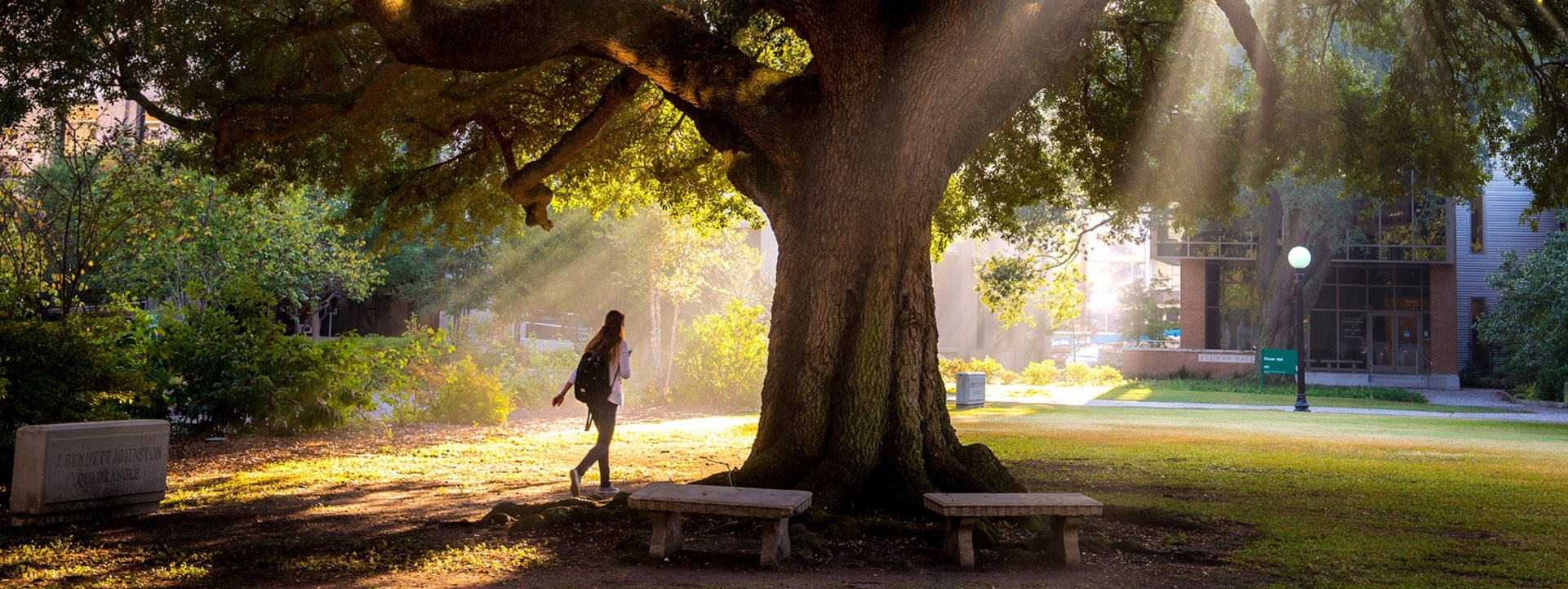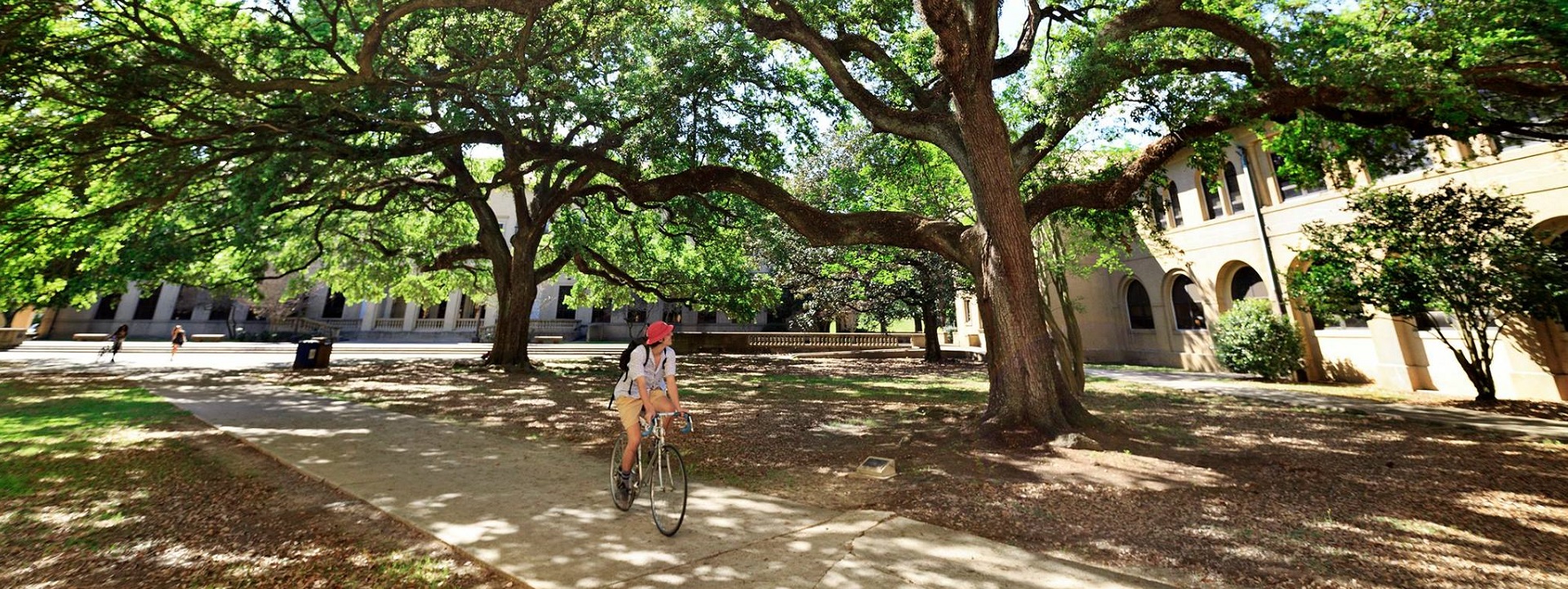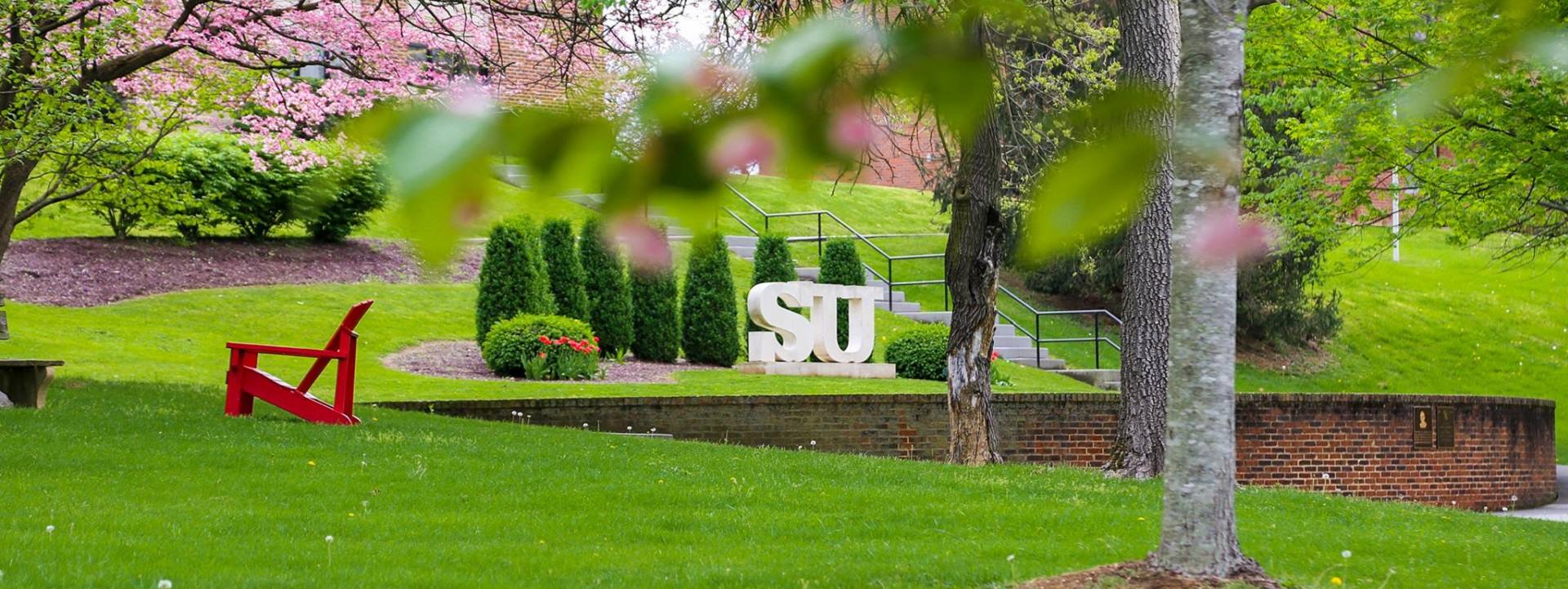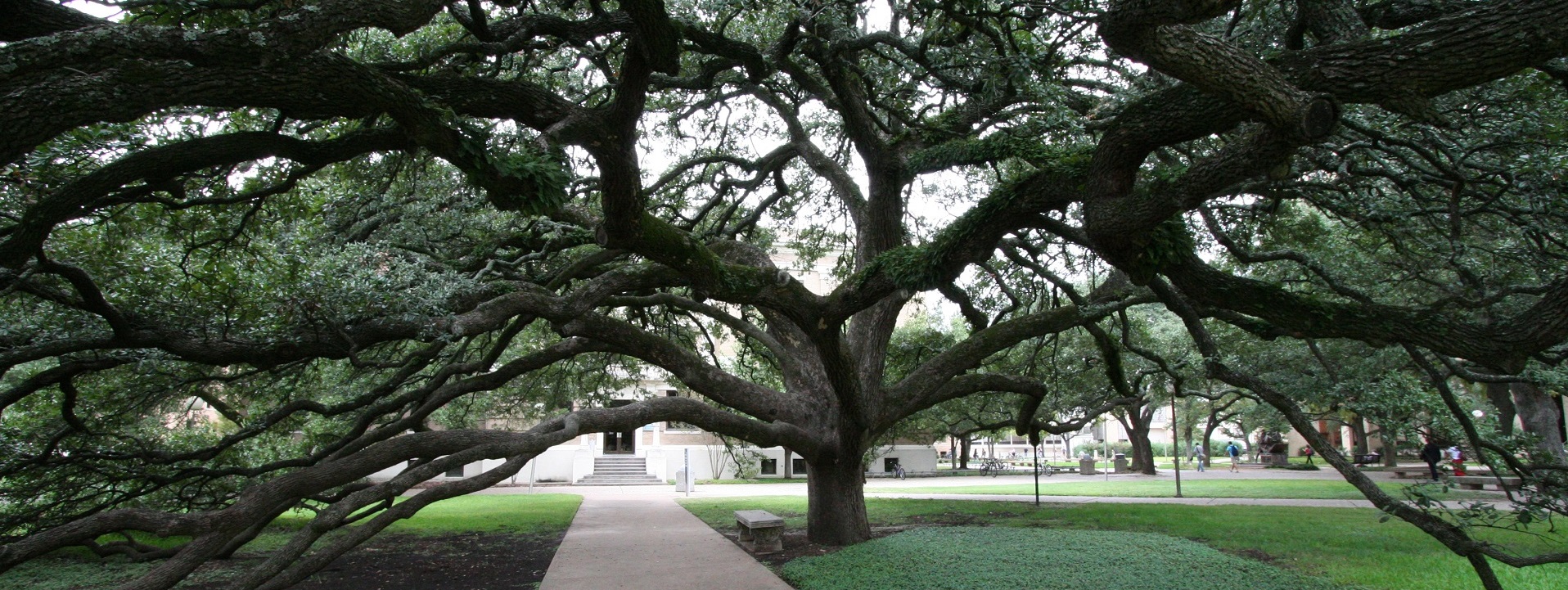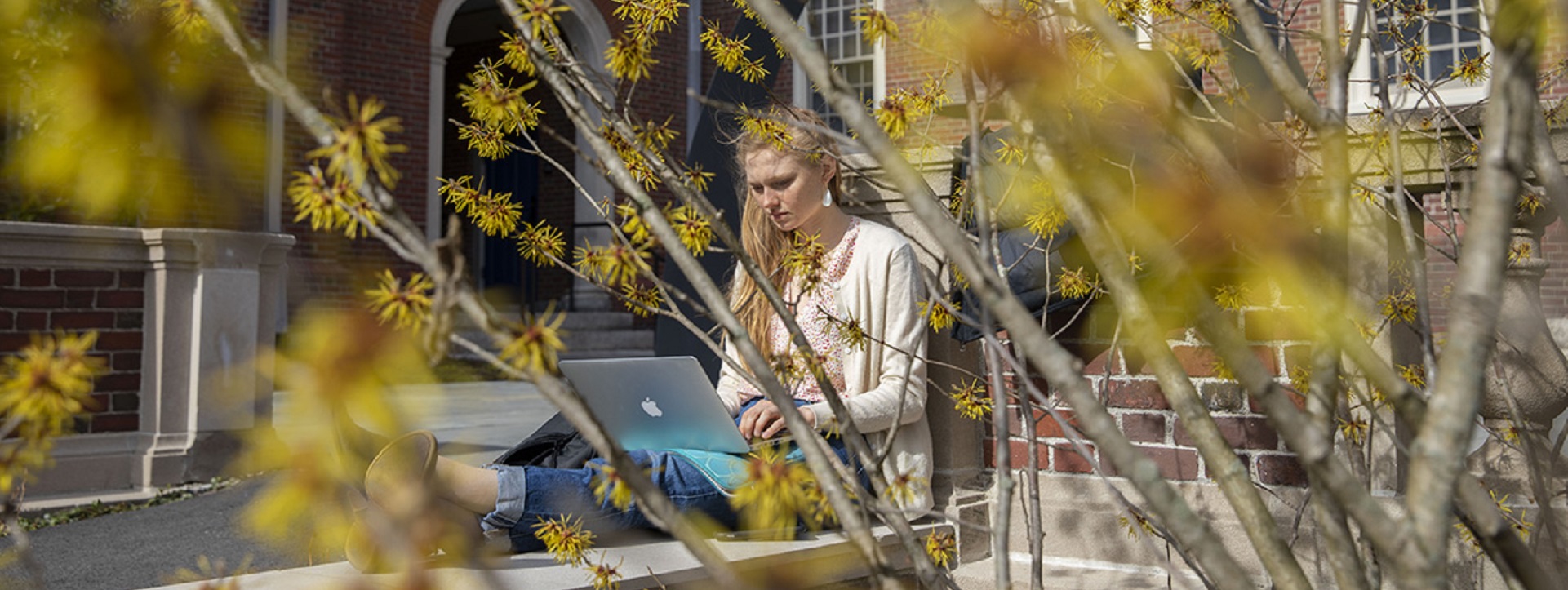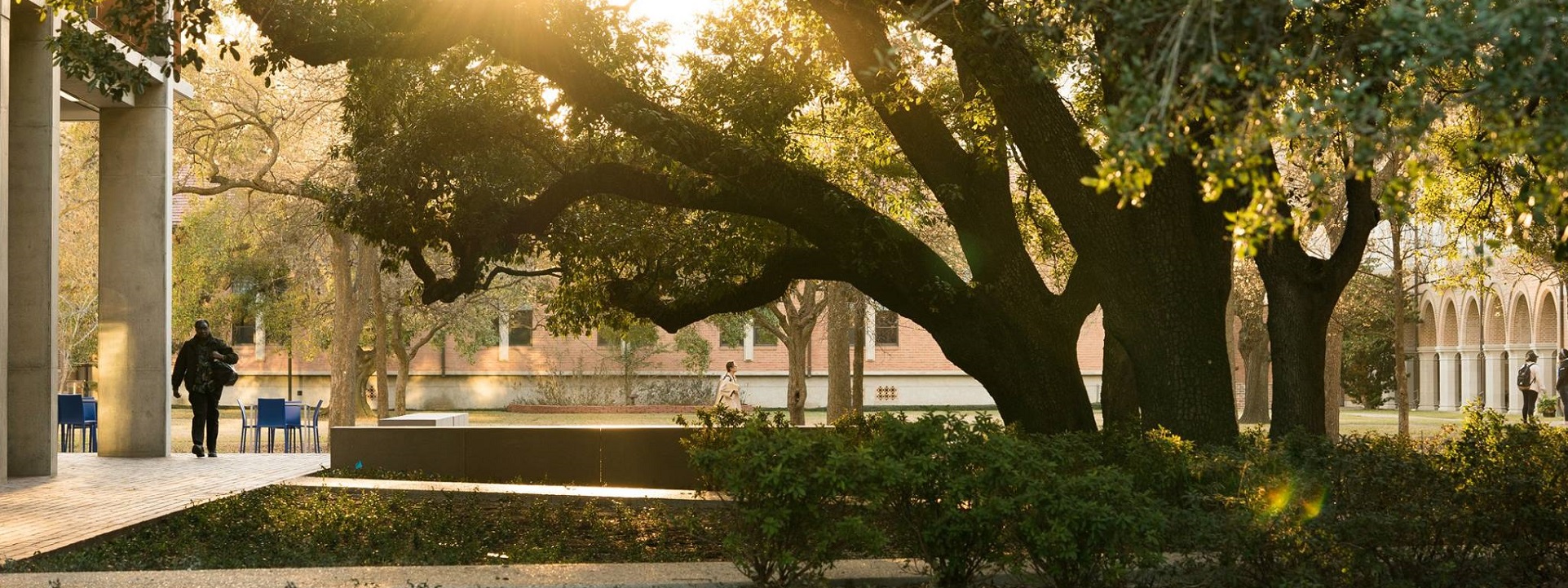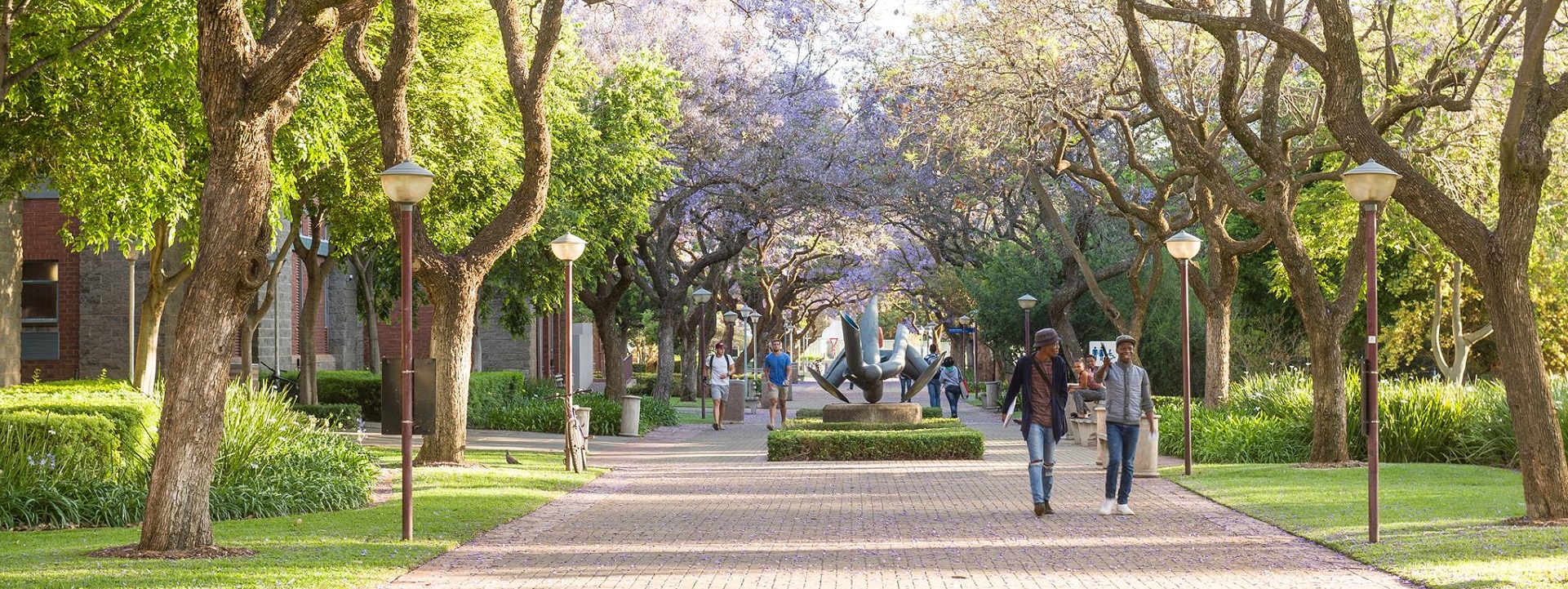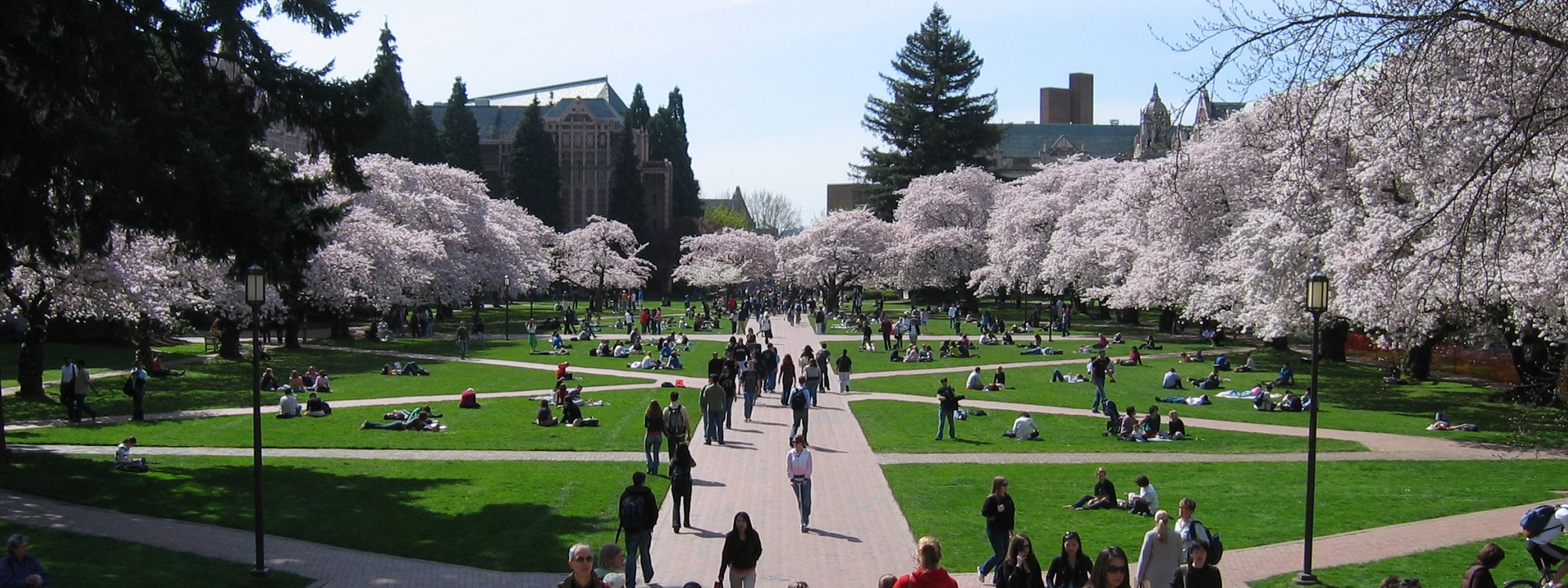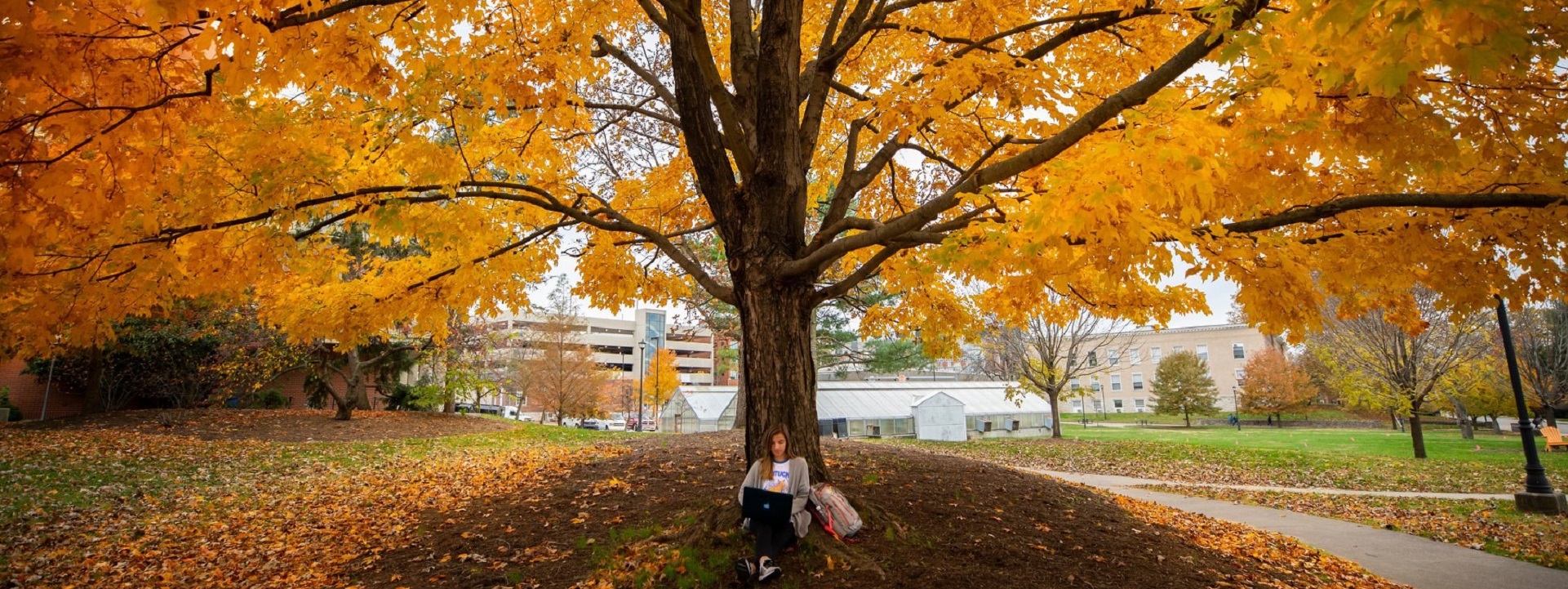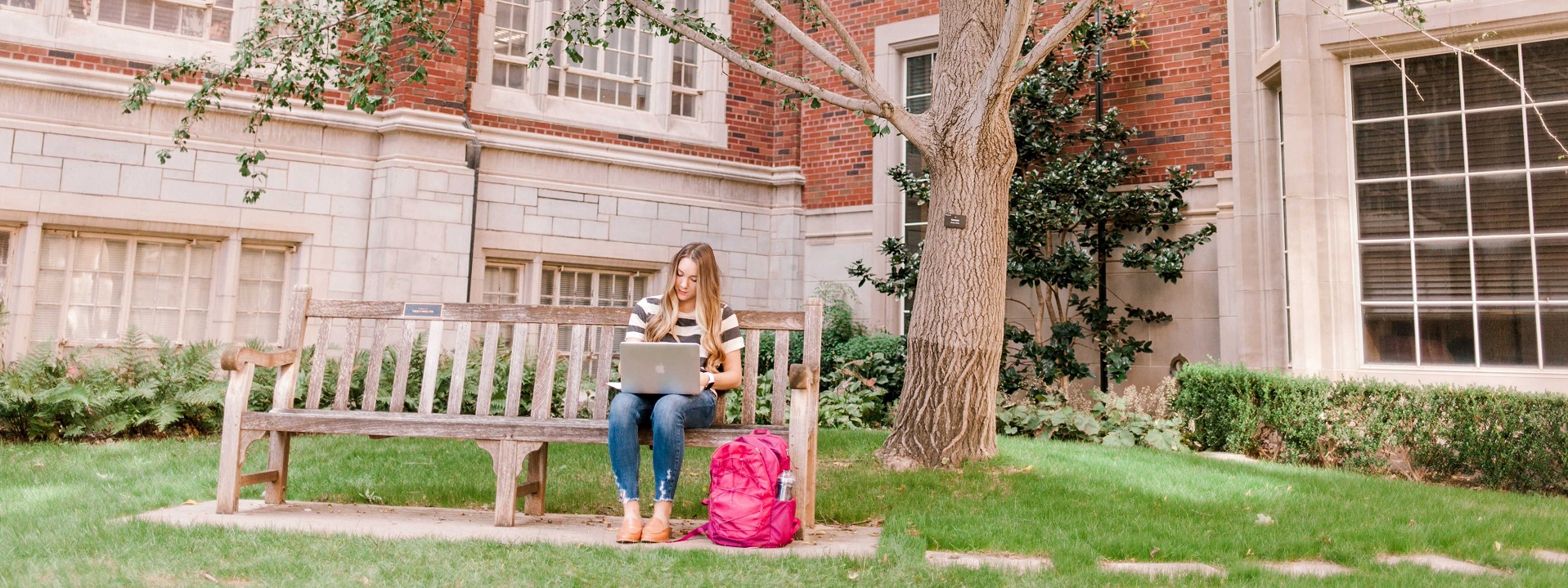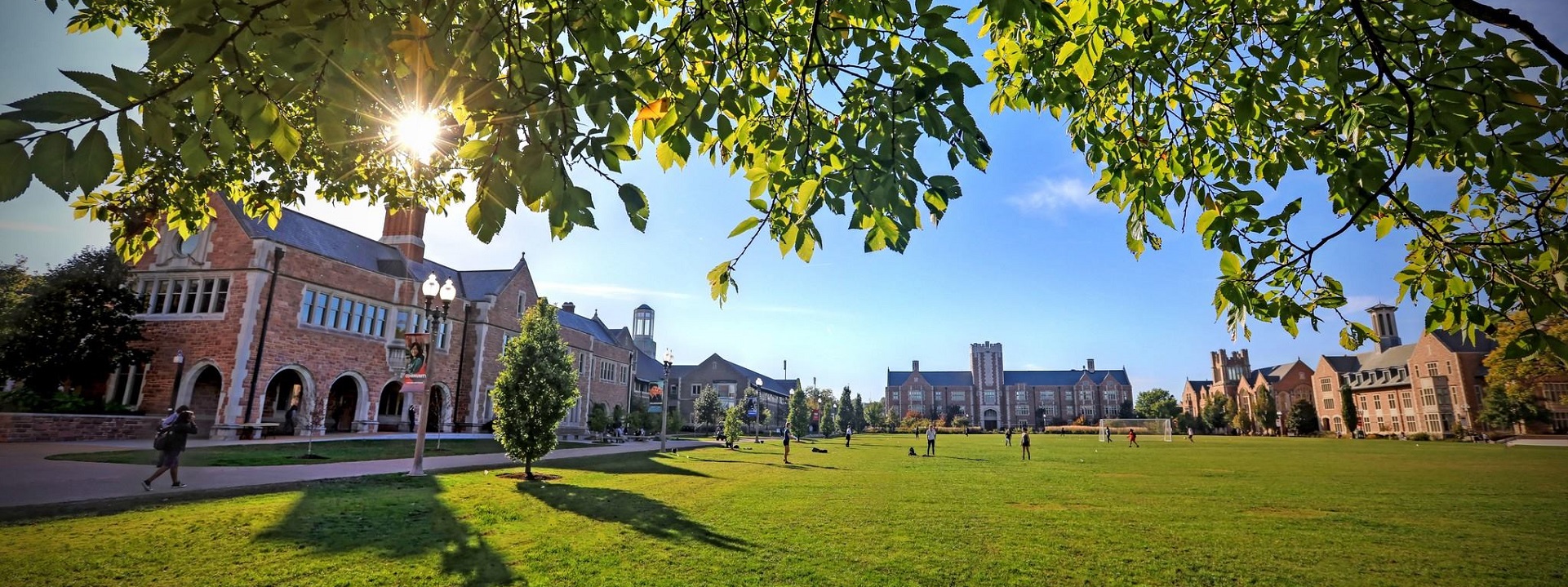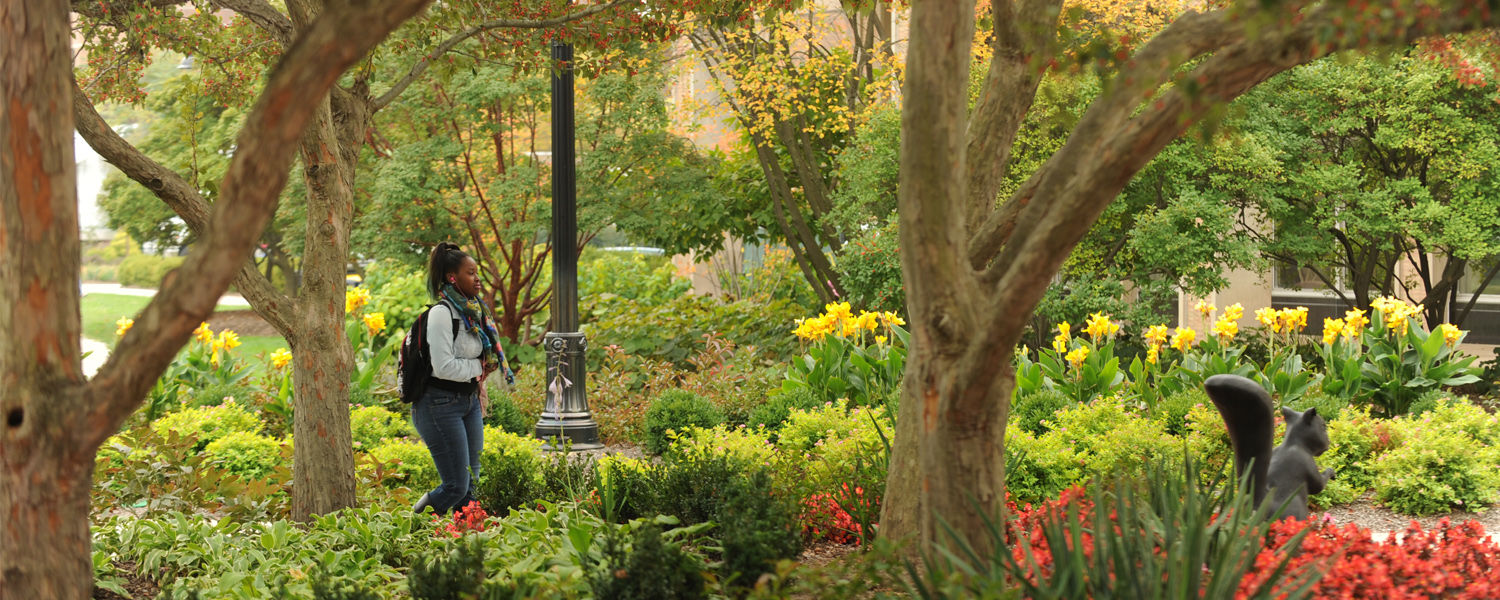Goat farming is an important source of livelihood for many small-scale farmers in developing countries, particularly in regions such as sub-Saharan Africa and South Asia. The FAO estimates that more than 90% of the world’s goats are raised in developing countries, where they provide a critical source of food and income for rural communities.
Overall, the global goat farming industry continues to grow, driven by increasing demand for goat meat and milk products, as well as the potential for sustainable agriculture practices.
Advantages:
Low start-up costs: Goat farming requires relatively low start-up costs compared to other types of agriculture. Goats are small animals that do not require much space, and they can be raised in a variety of environments, from small backyard farms to large commercial operations.
High productivity: Goats are known for their high reproductive rate, which allows farmers to increase their herd size quickly. They are also efficient at converting food into milk and meat, making them a profitable investment for farmers.
Multiple uses: Goats can be raised for meat, milk, and fiber, making them a versatile livestock option. Additionally, their manure can be used as fertilizer, and they can be used for weed control on farms and other properties.
Sustainable farming: Goat farming can be a sustainable agricultural practice, as goats do not require large amounts of feed or water, and they can be raised on marginal lands that are unsuitable for other types of agriculture.
Disadvantages:
Predation: Goats are vulnerable to predation by coyotes, dogs, and other predators, which can be a significant problem for farmers, especially in rural areas.
Disease susceptibility: Goats are susceptible to a variety of diseases, some of which can be difficult to diagnose and treat. Additionally, some diseases can be transmitted to humans, making it important for farmers to take precautions when handling their animals.
Market volatility: The demand for goat products can be volatile, and prices can fluctuate significantly based on supply and demand. This can make it challenging for farmers to predict their income and manage their finances.
Labor intensive: Goat farming can be labor-intensive, especially during kidding and milking seasons. This can make it difficult for farmers to manage their workload, especially if they have a large herd.
When you don’t have children or a significant other so get graduation photos done with your study subjects & absolute best pals ❤️
I despise having my photo taken & almost cancelled but decided I should suck it… although ended up in my dungarees for my favourite ones 😂 pic.twitter.com/0c6ZOBDEHI
— Dr Holly Vickery (@SkylarkHolly) July 25, 2024
Hi followers! It’s time to update my pinned tweet as I’ve finished my PhD at Reading in goat kid behaviour and welfare and…
I’m now a *permanent* lecturer at Harper Adams university!
Here I love to love to talk all things science, animals, crafts and smallholding life ☺️ pic.twitter.com/J9xQlLVgTi— Holly Vickery PhD (@SkylarkHolly) April 28, 2024



